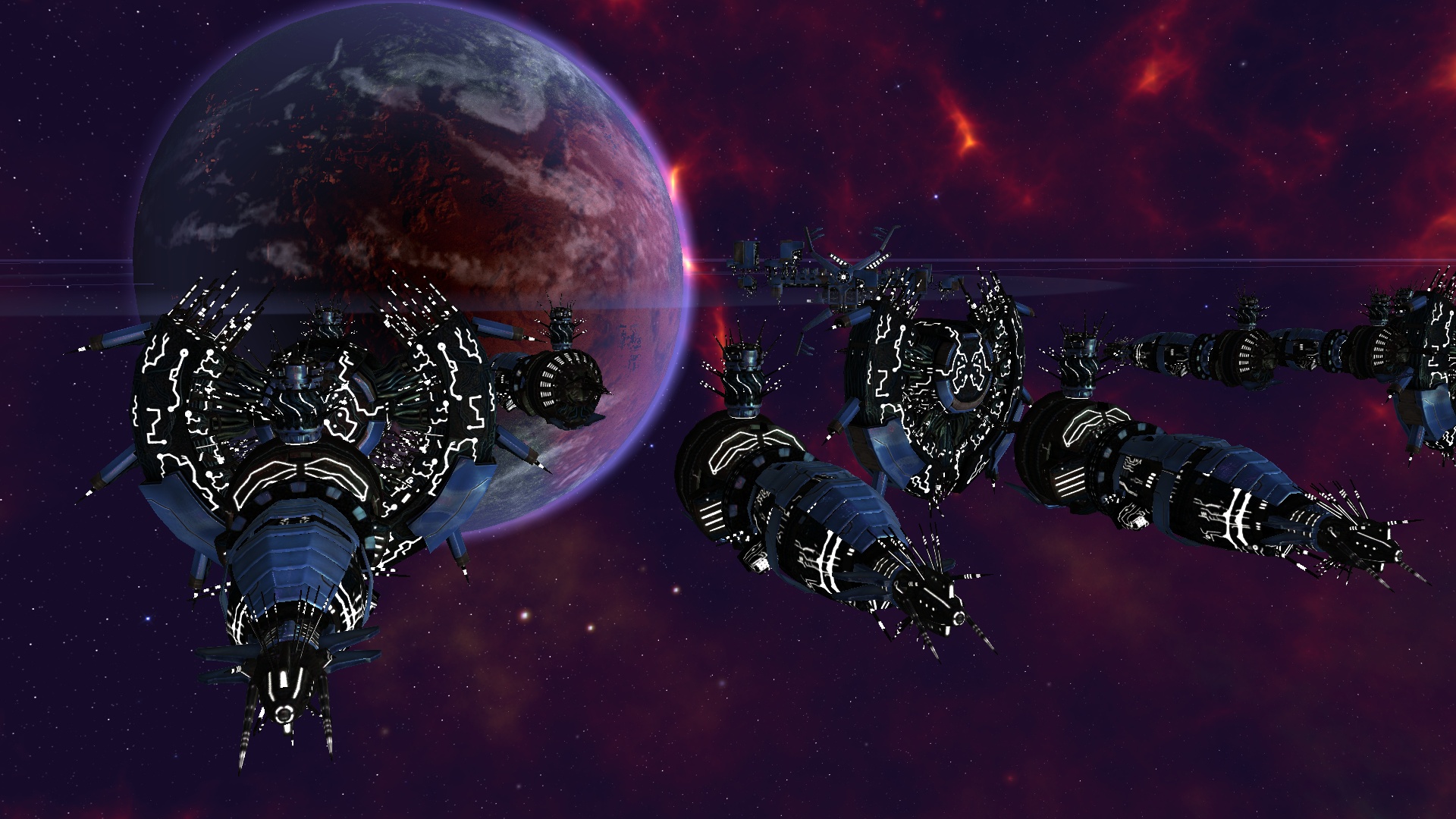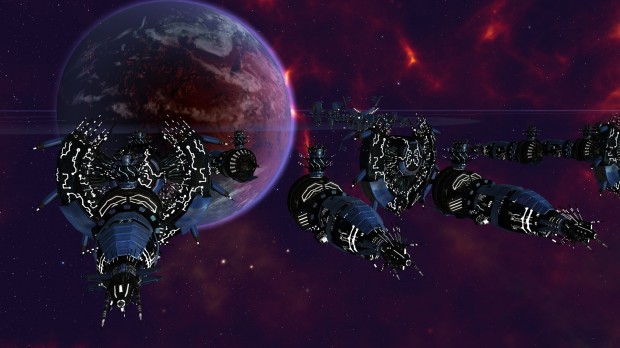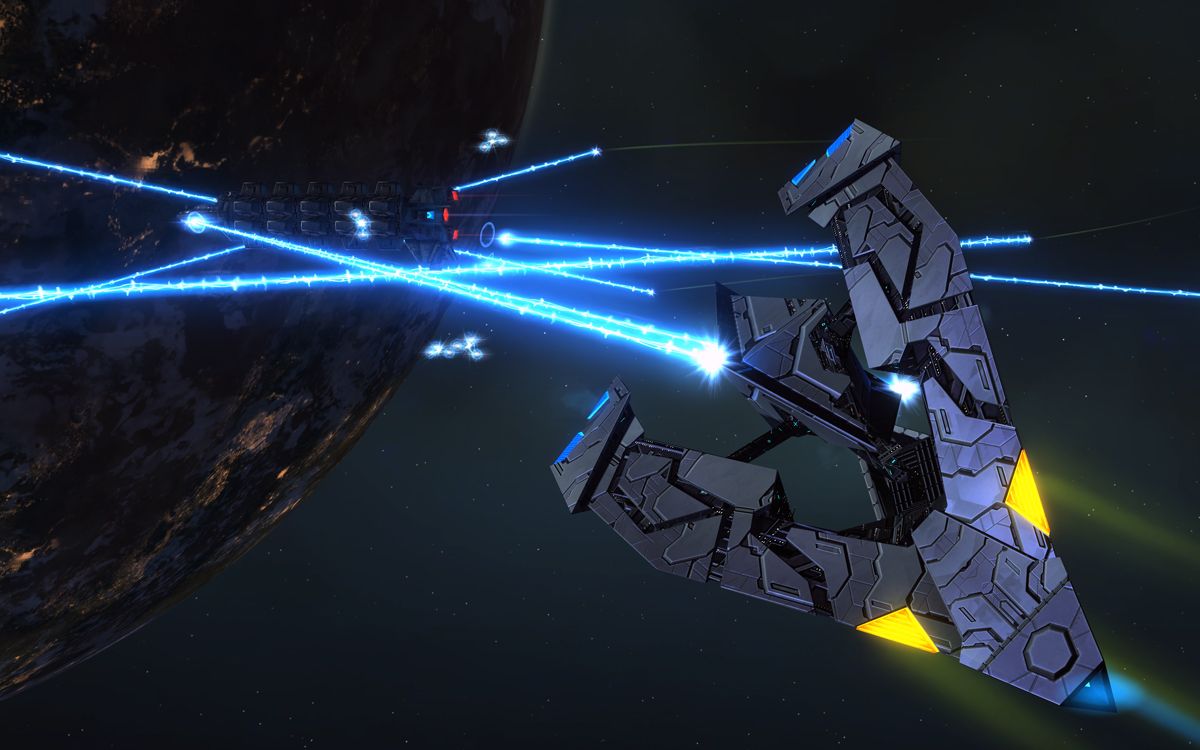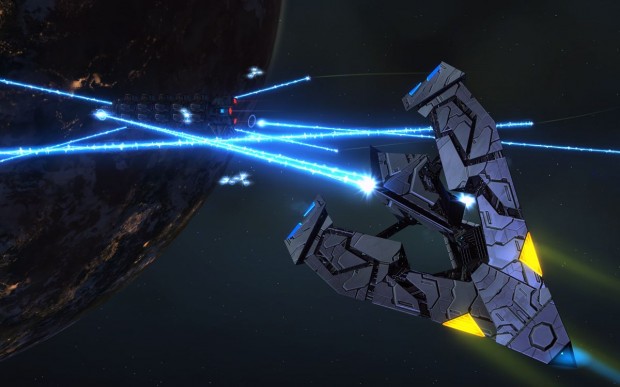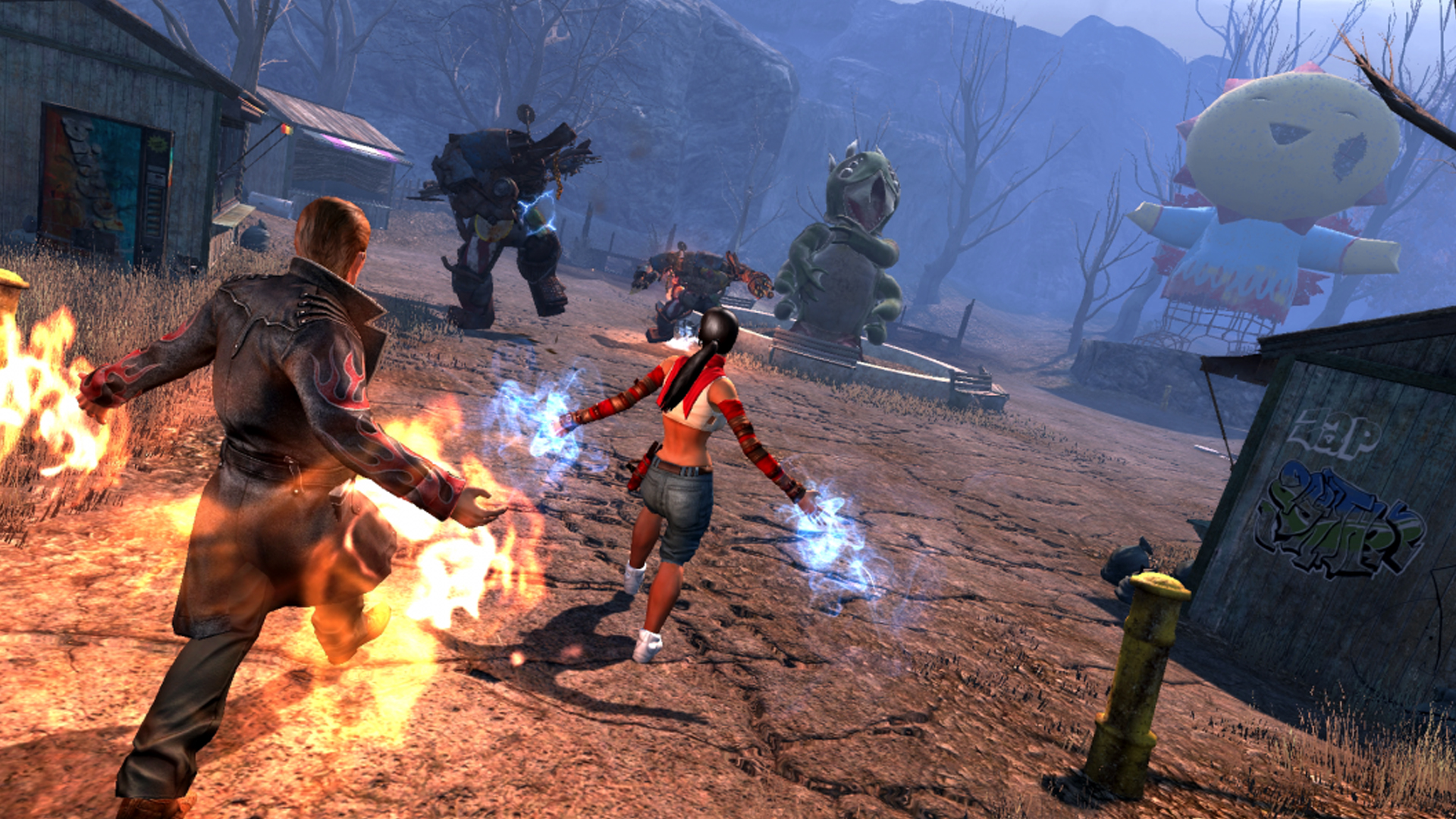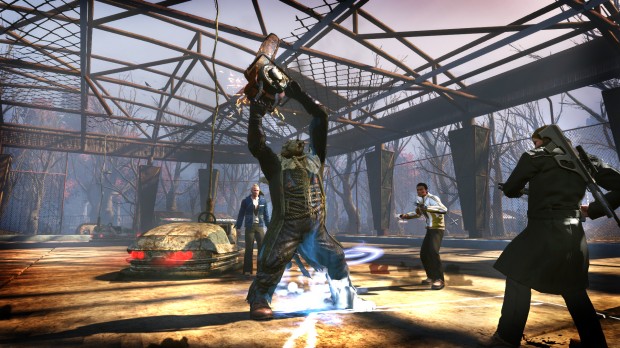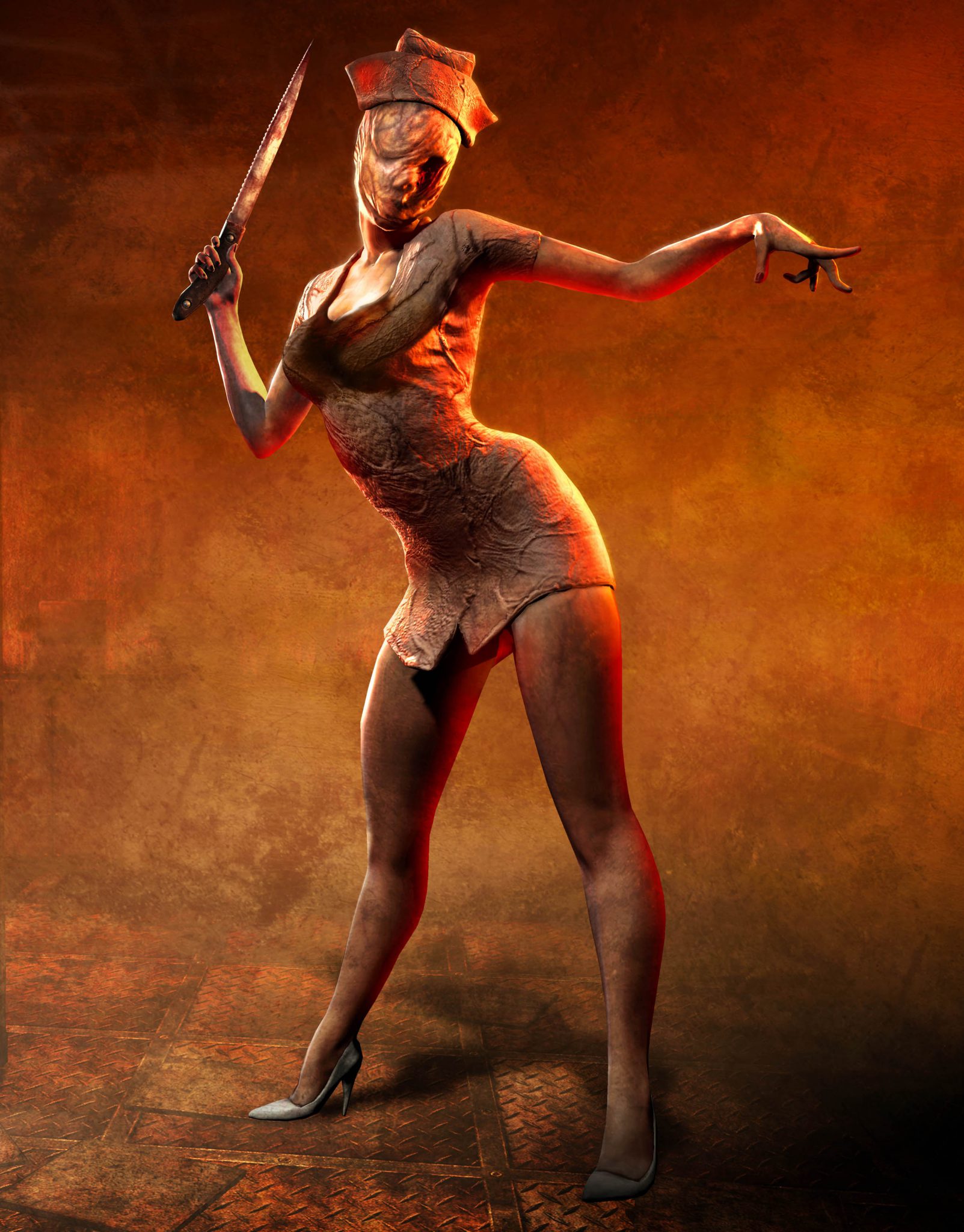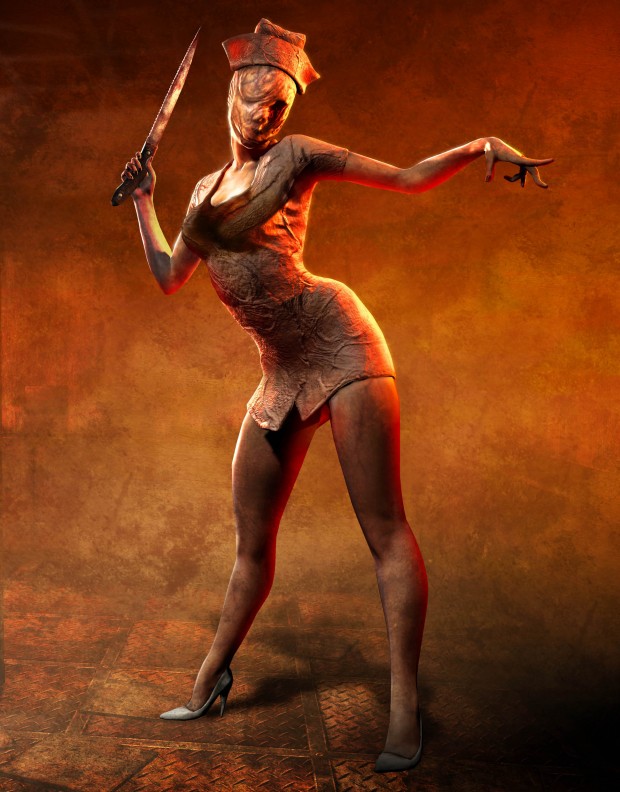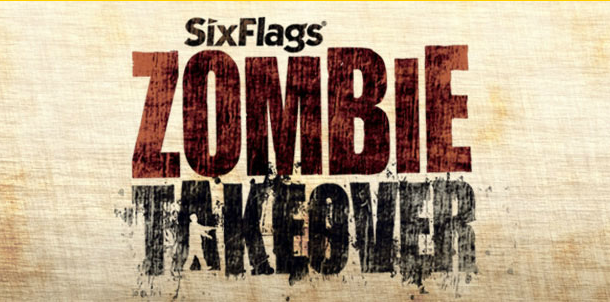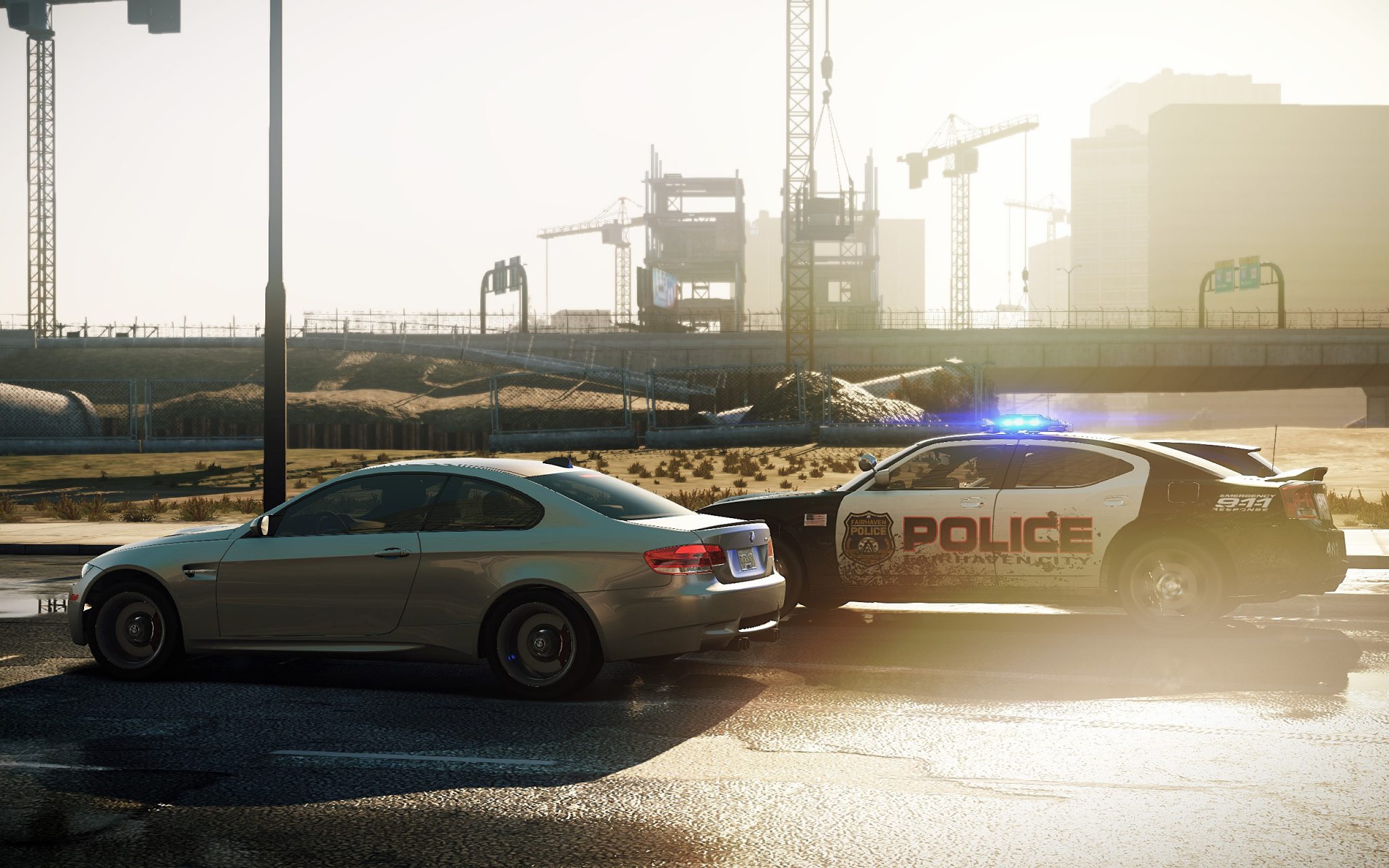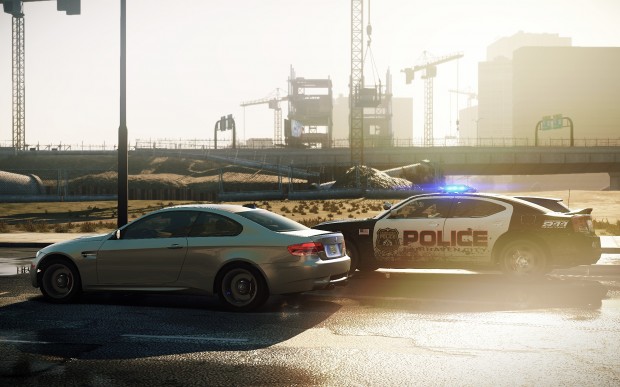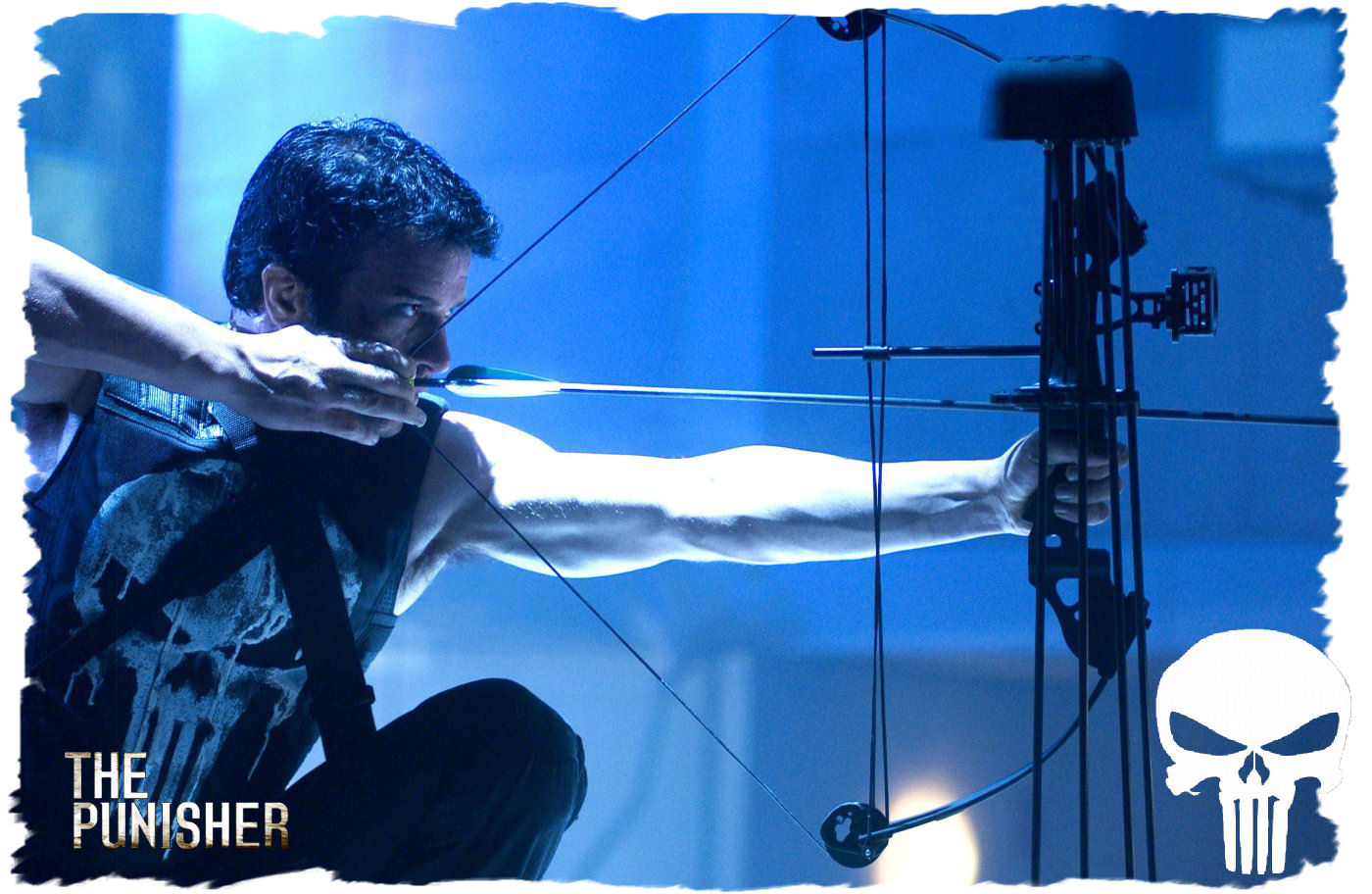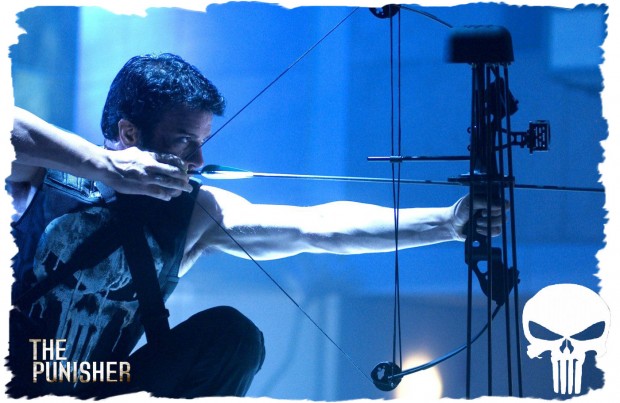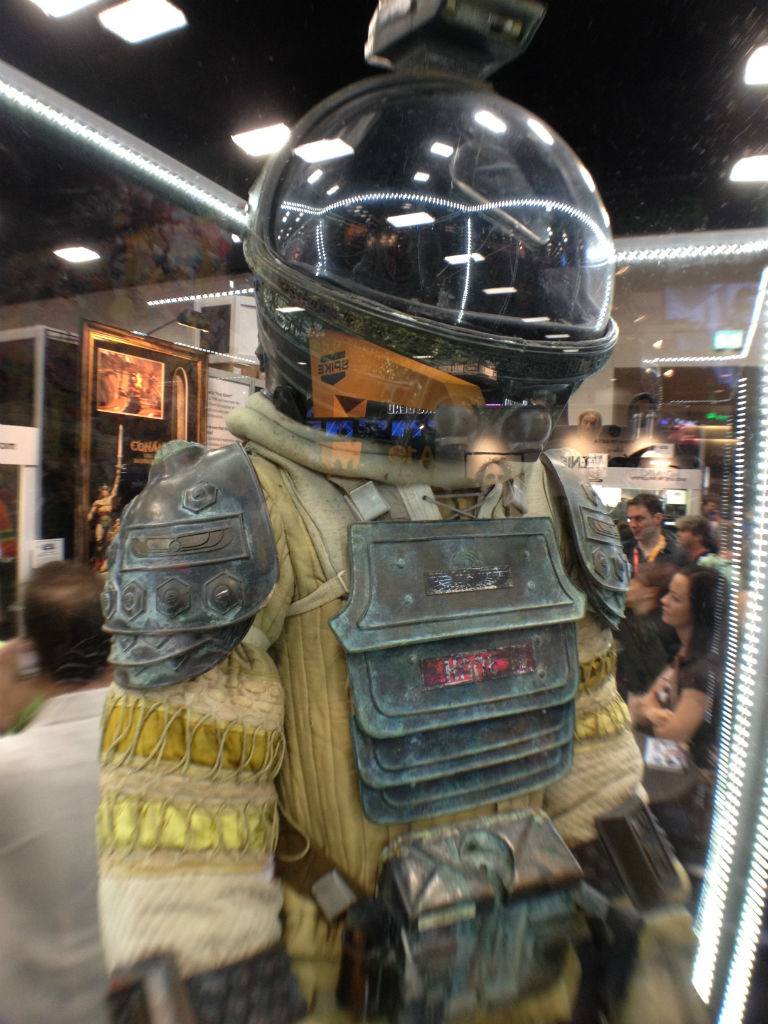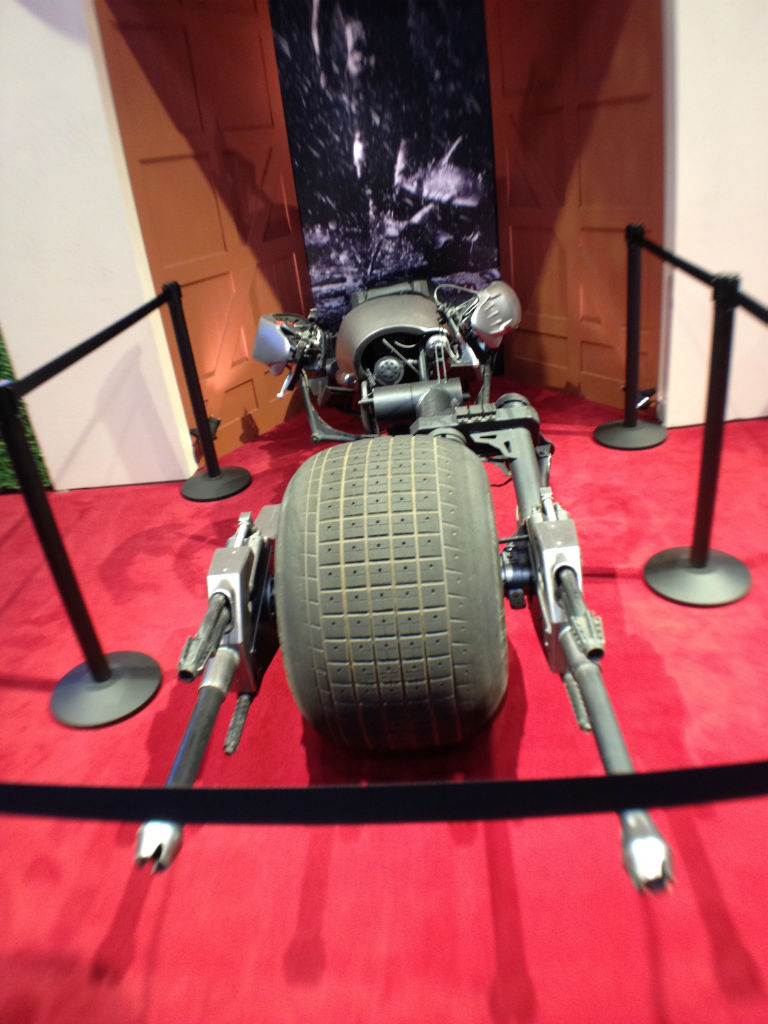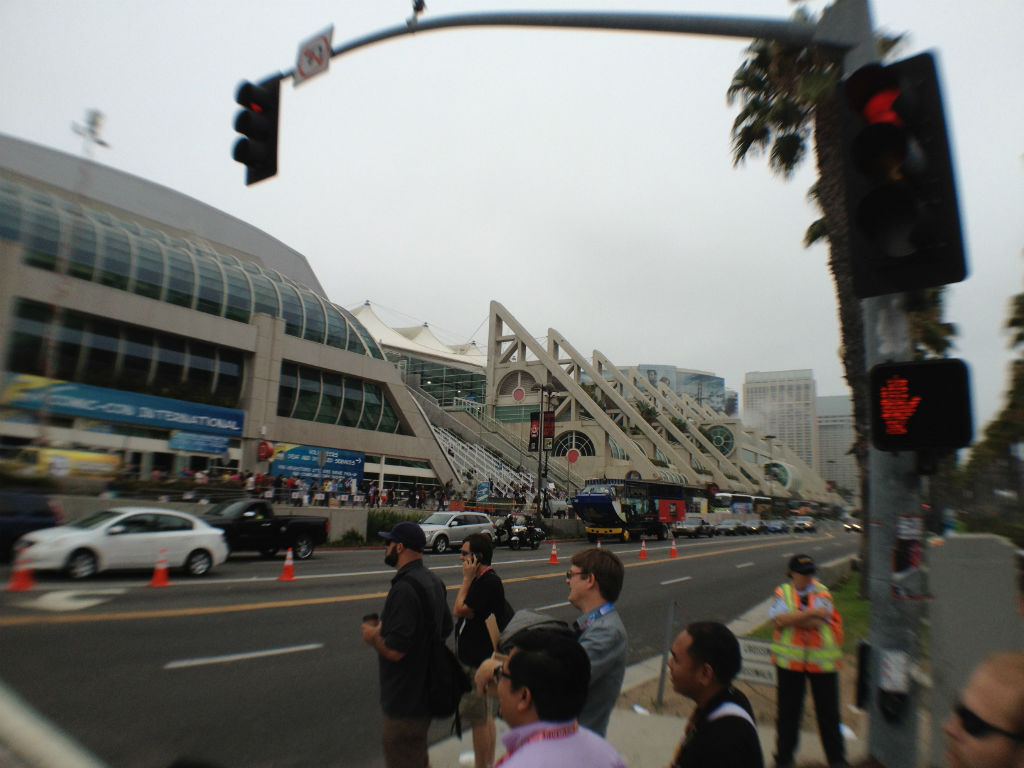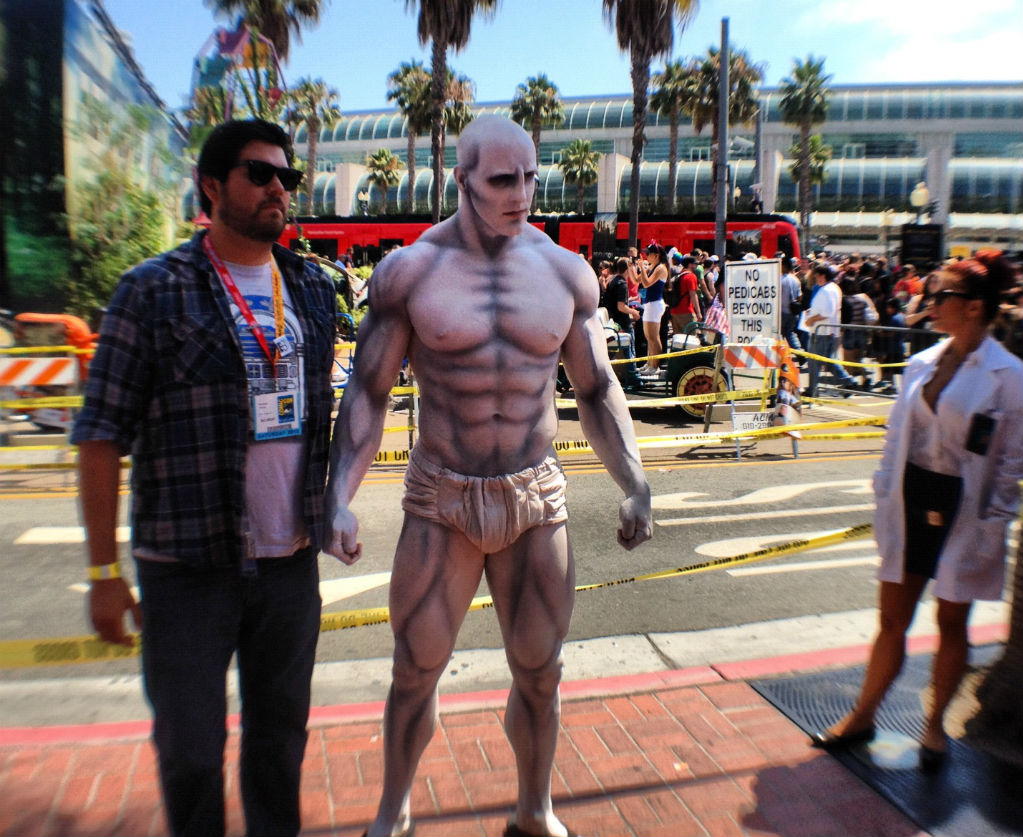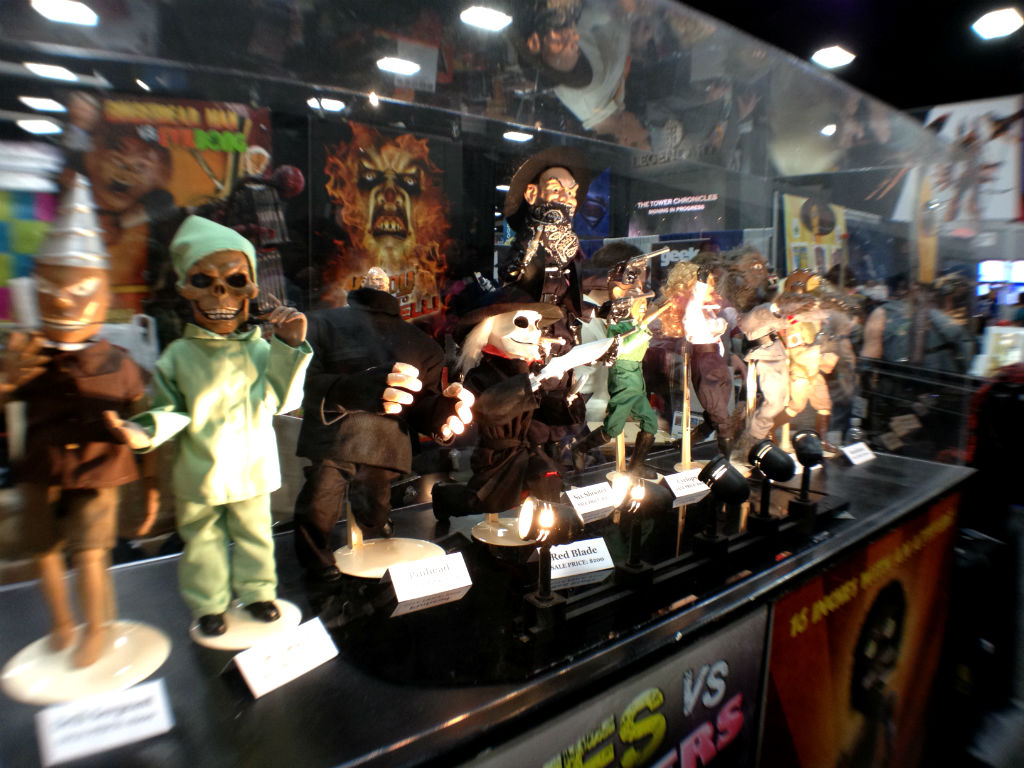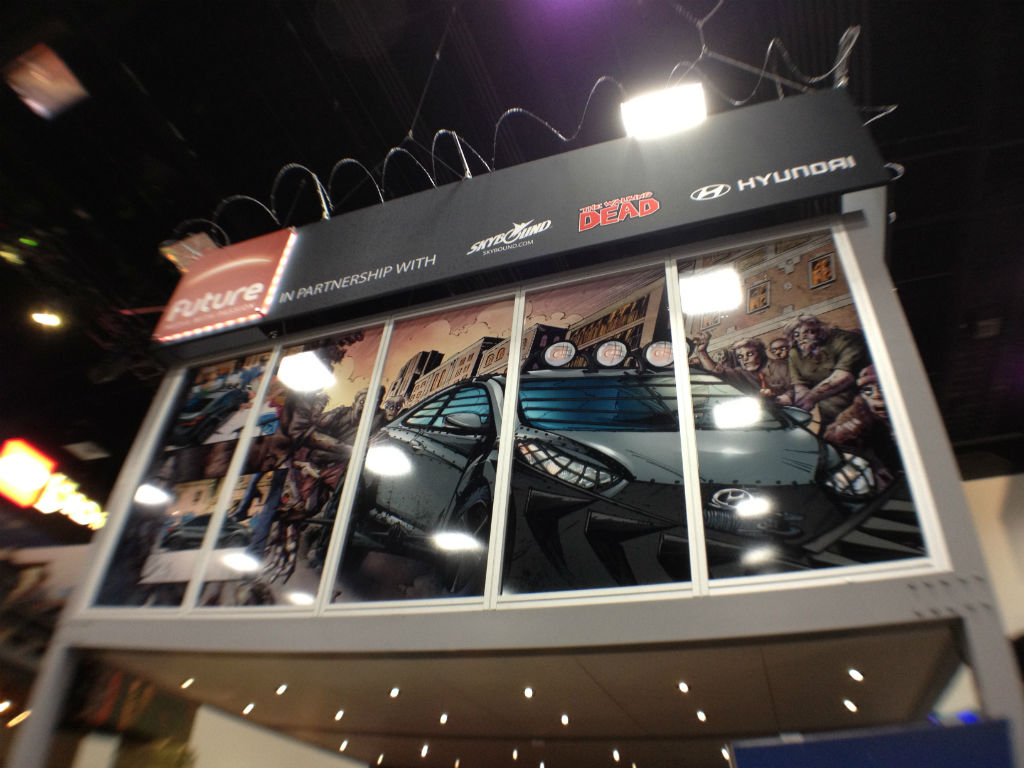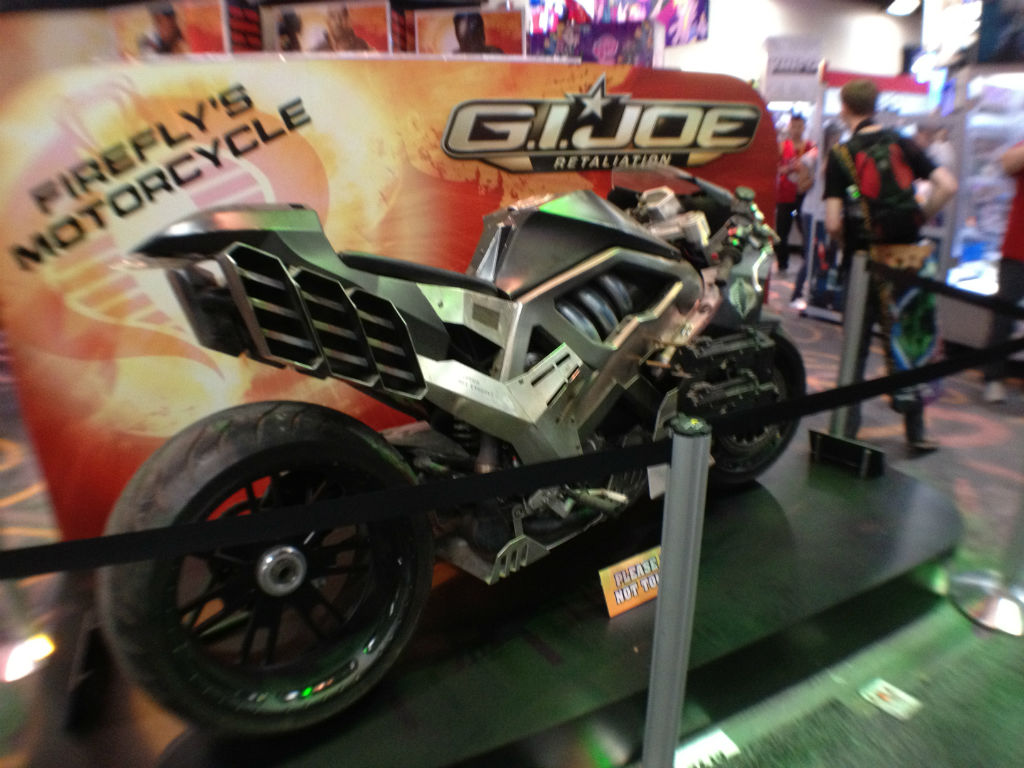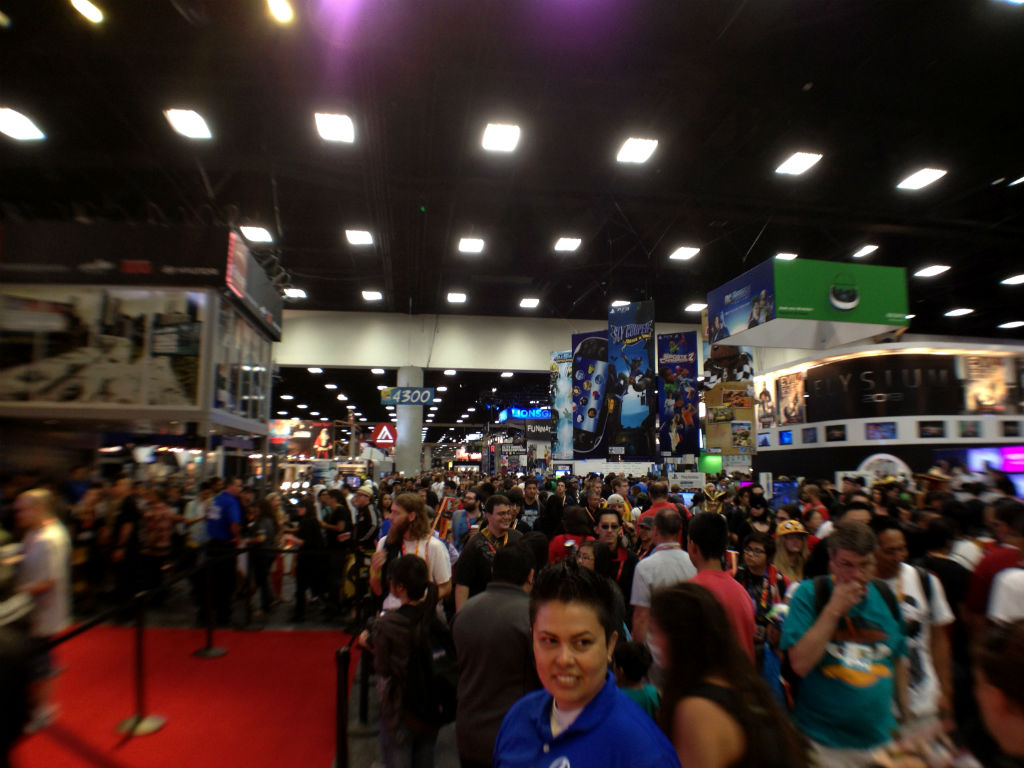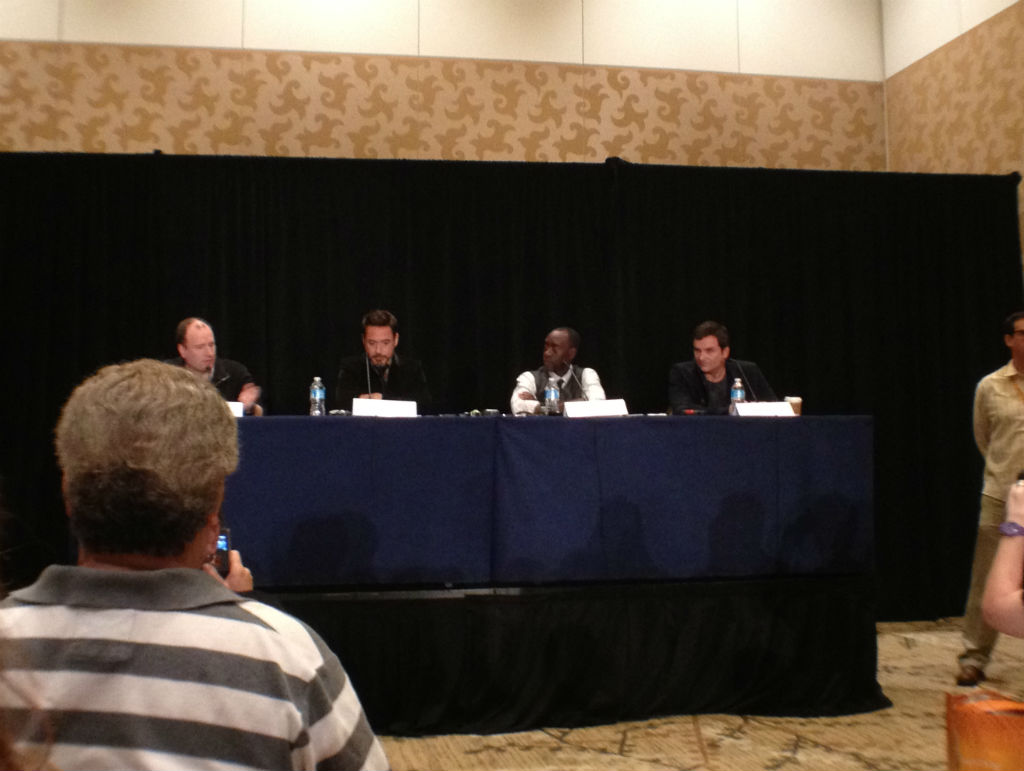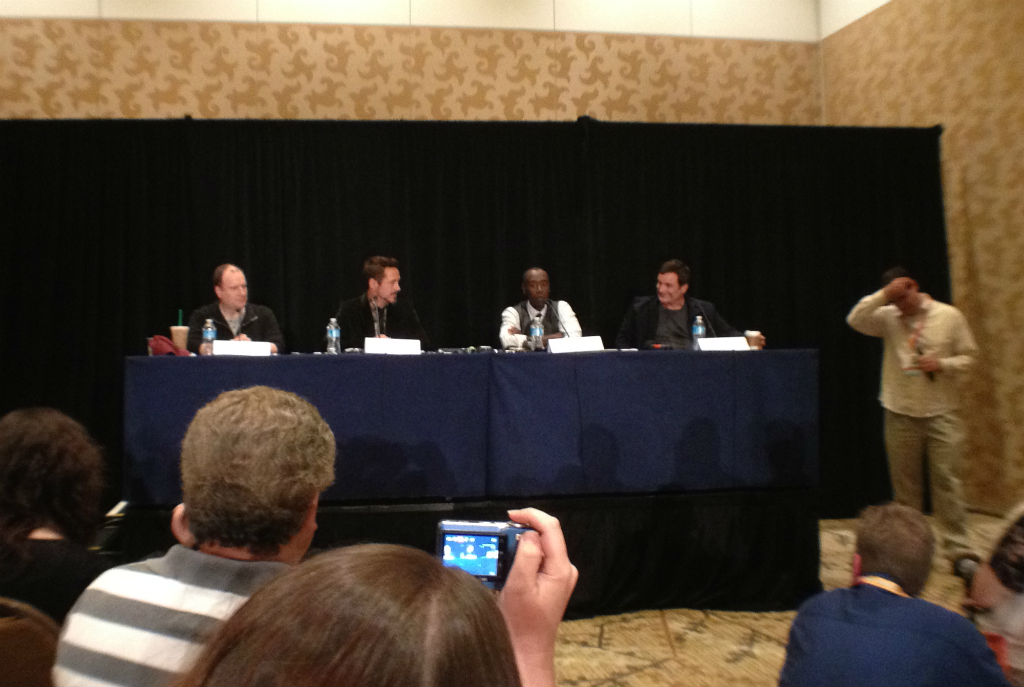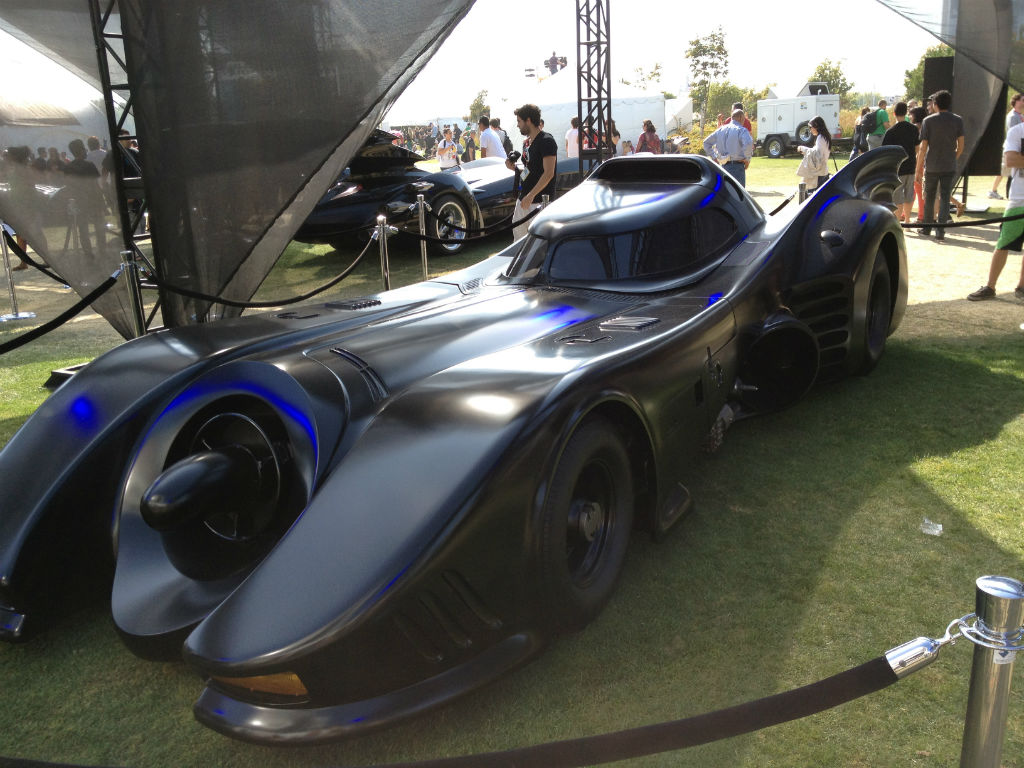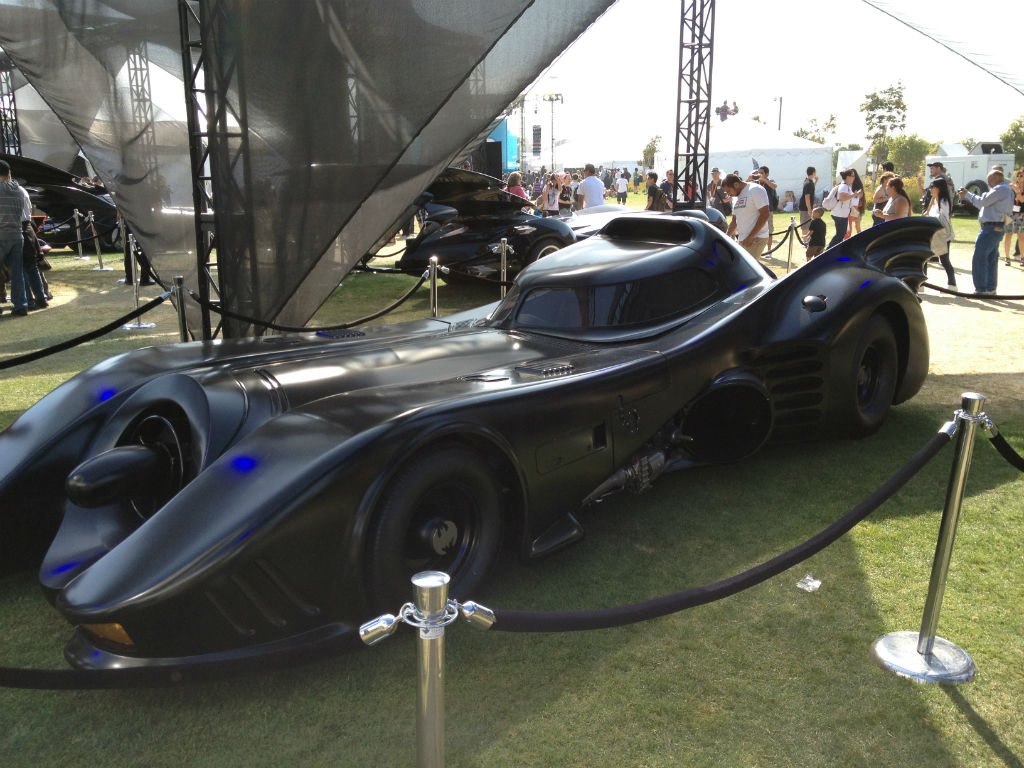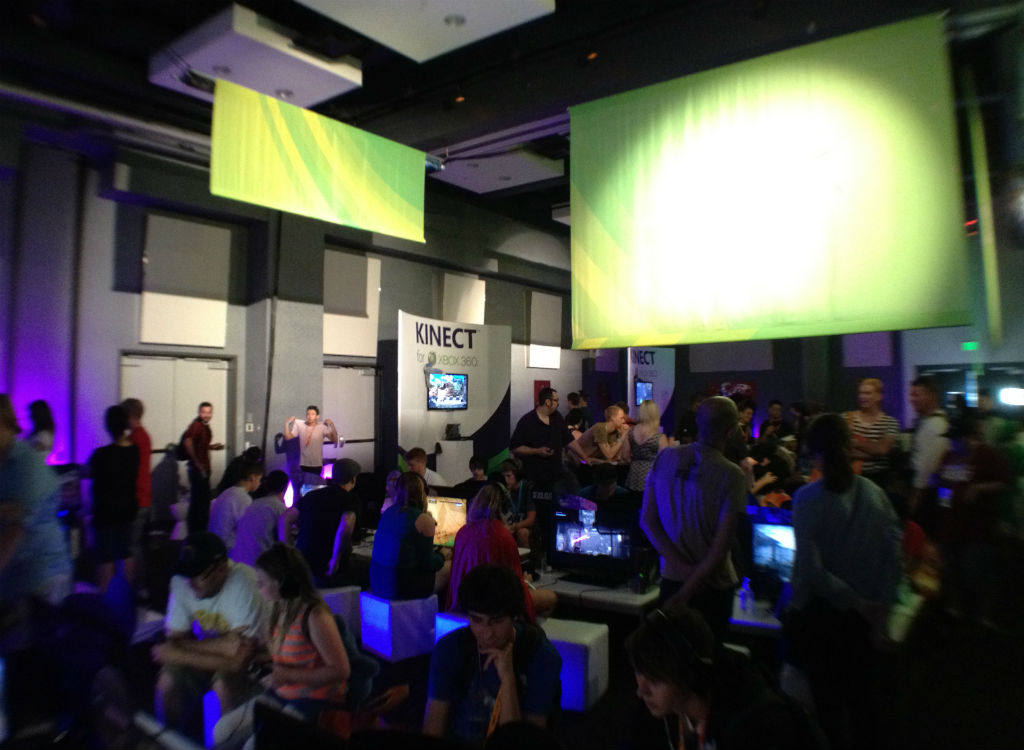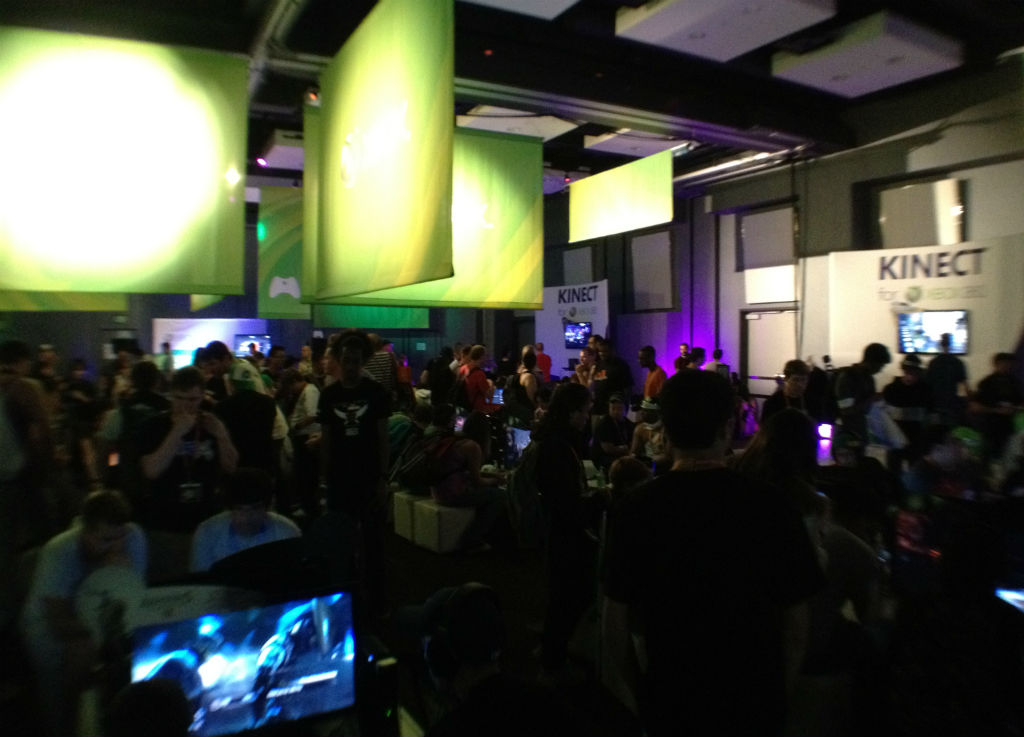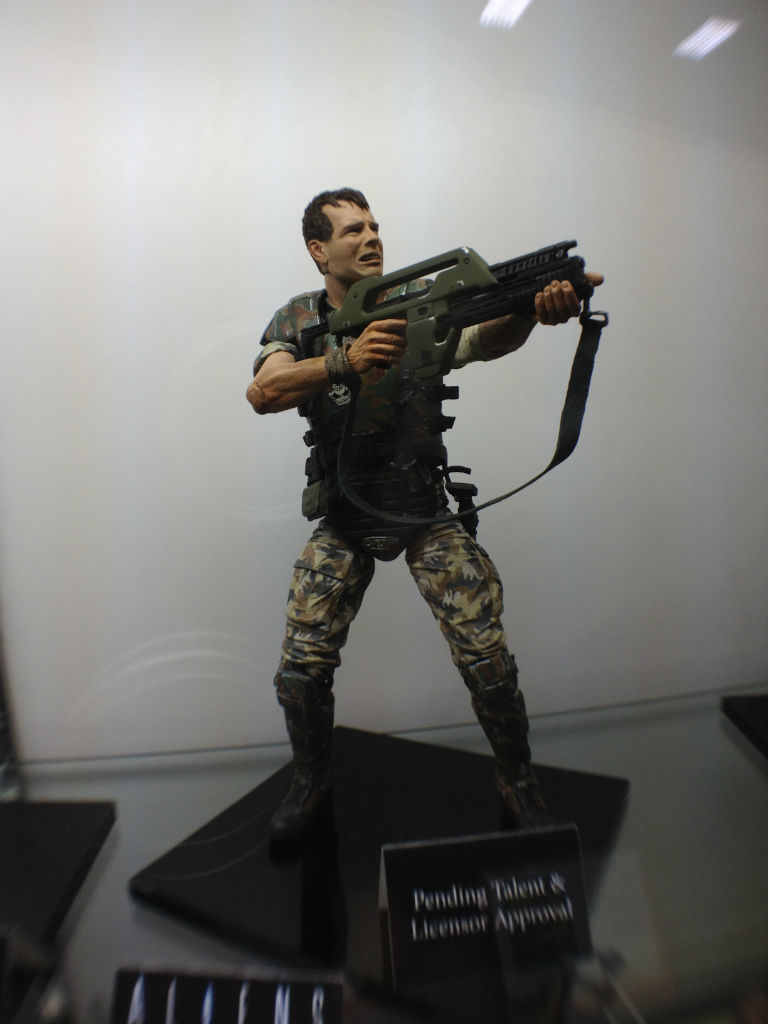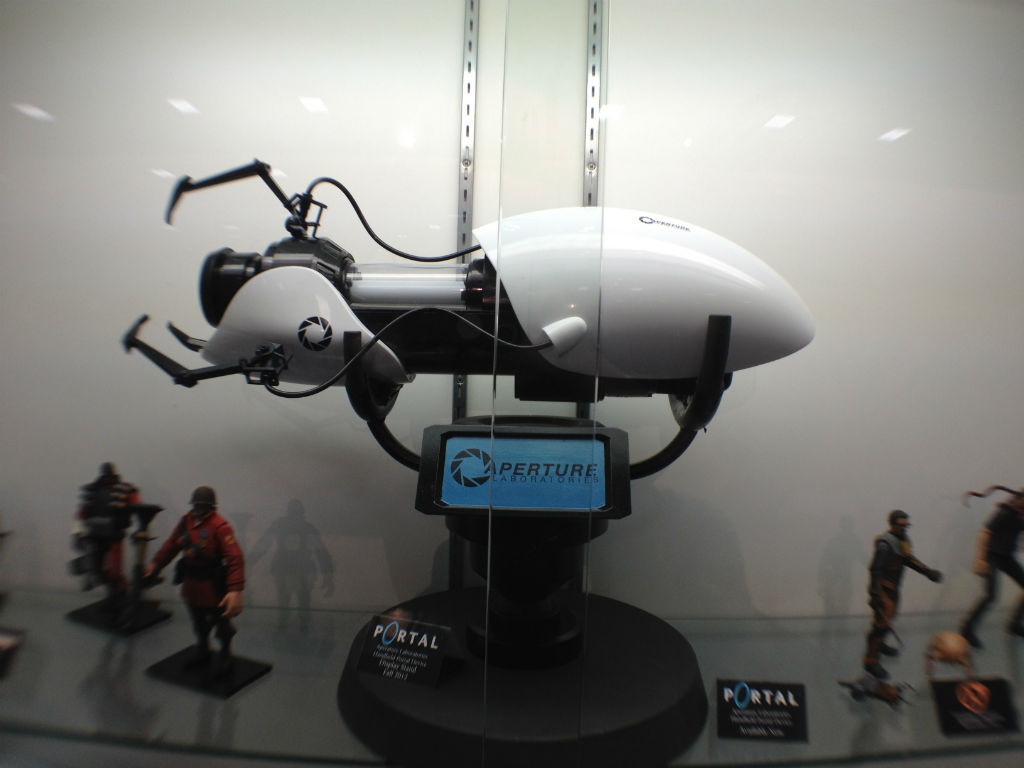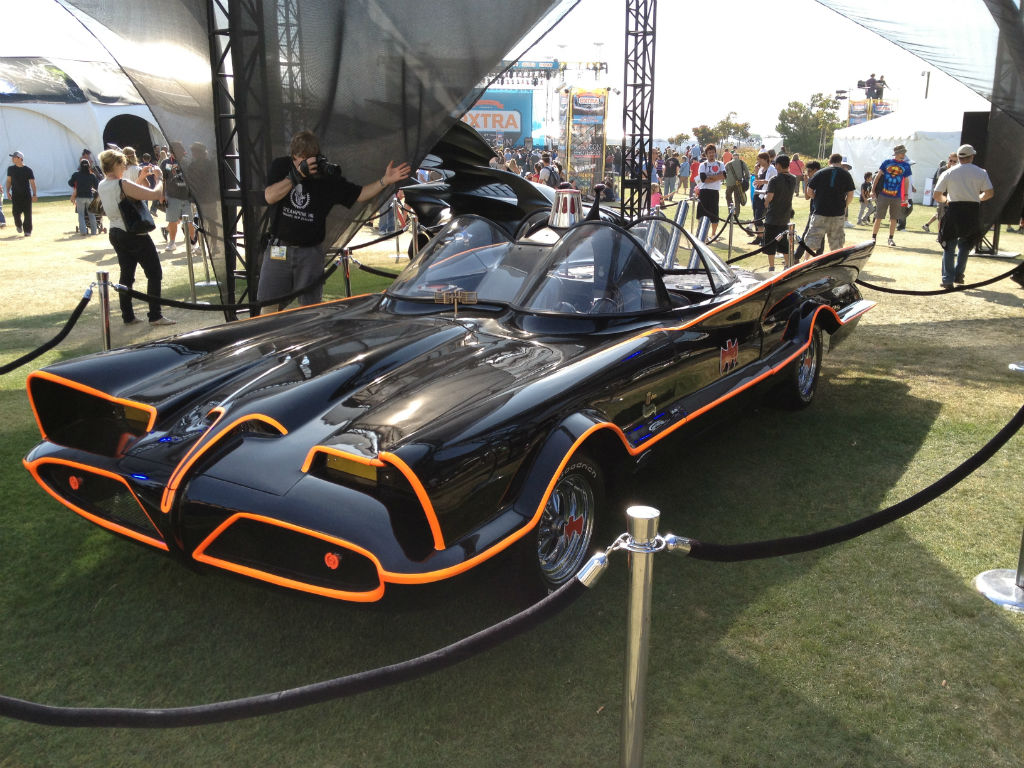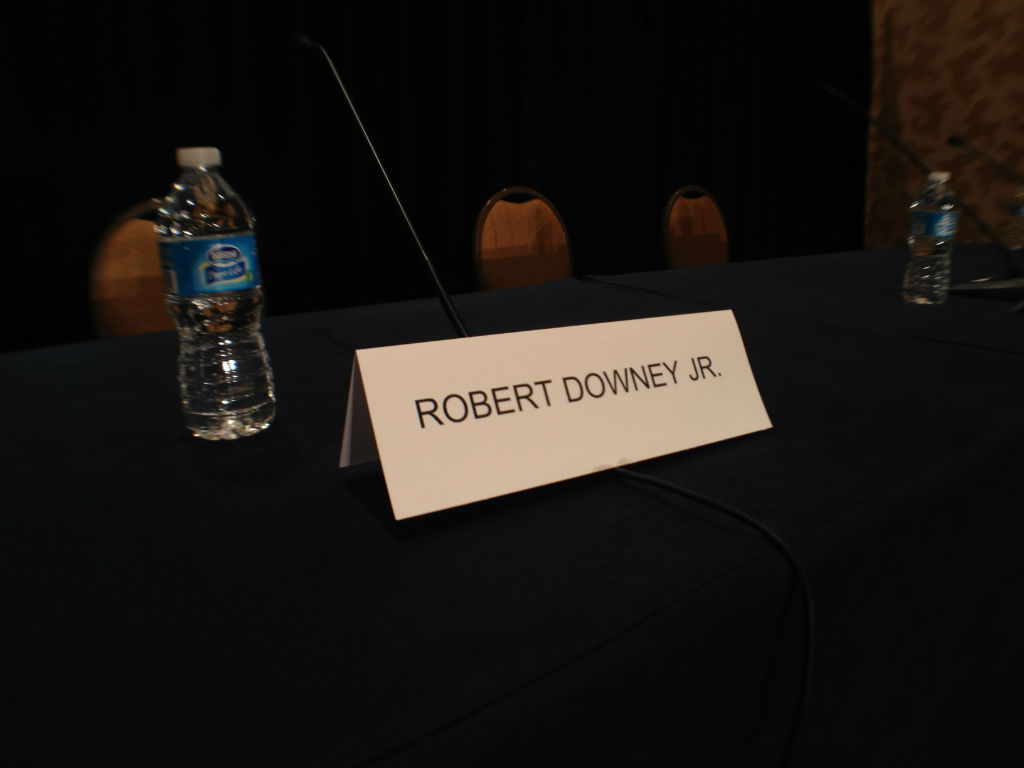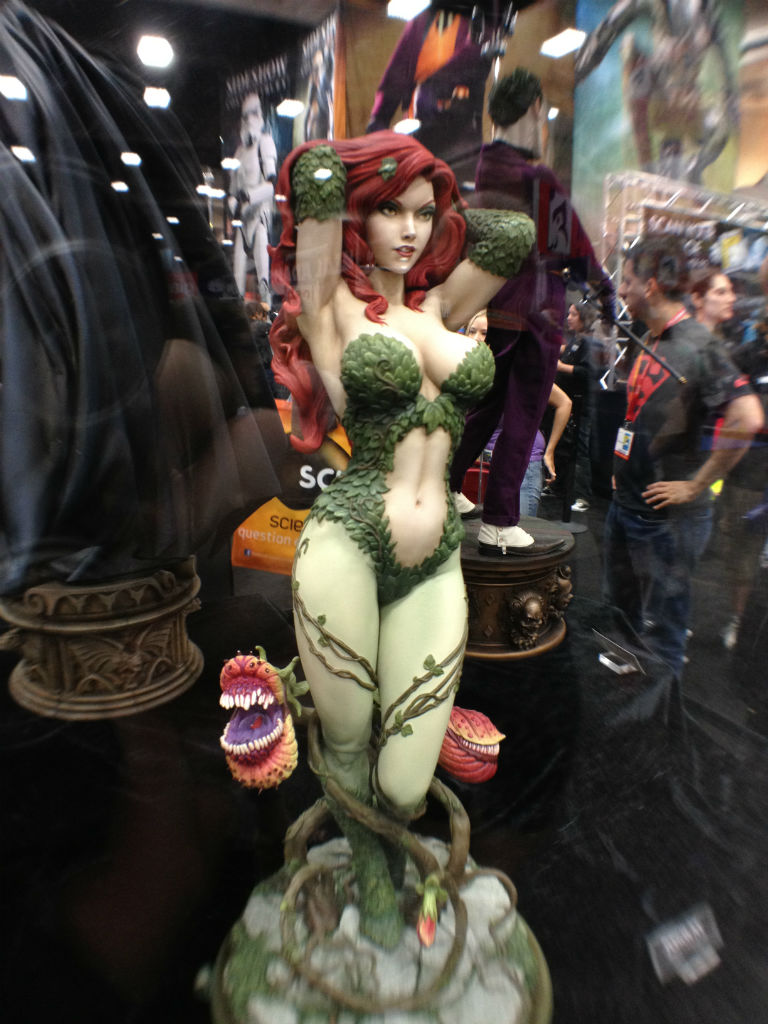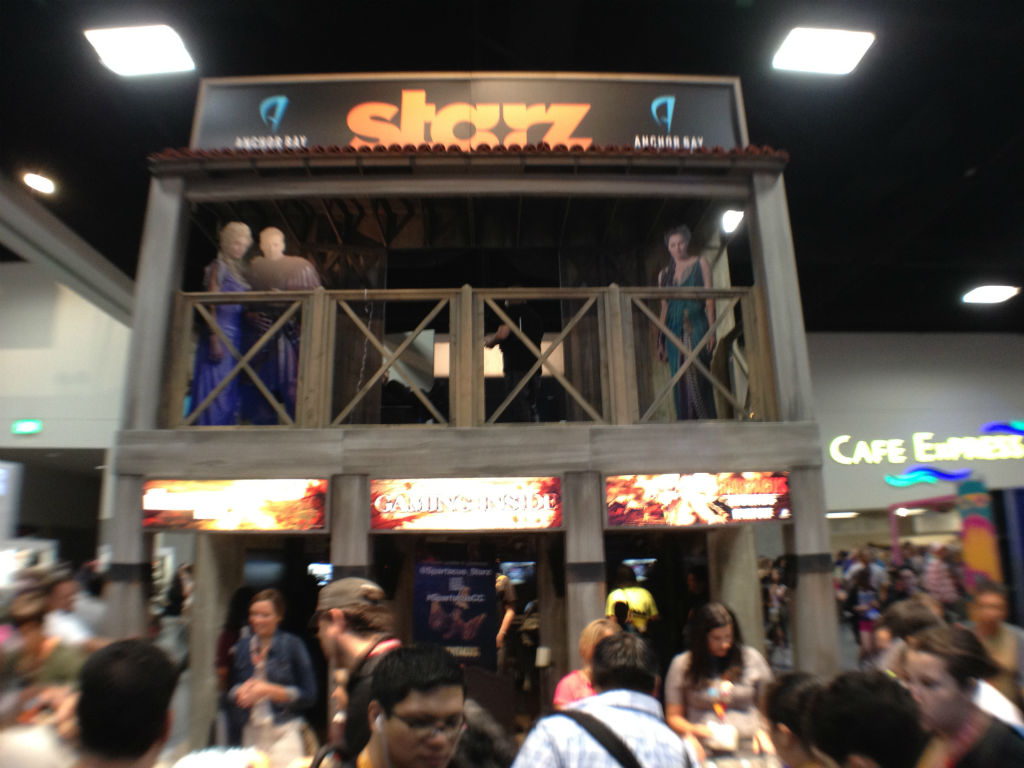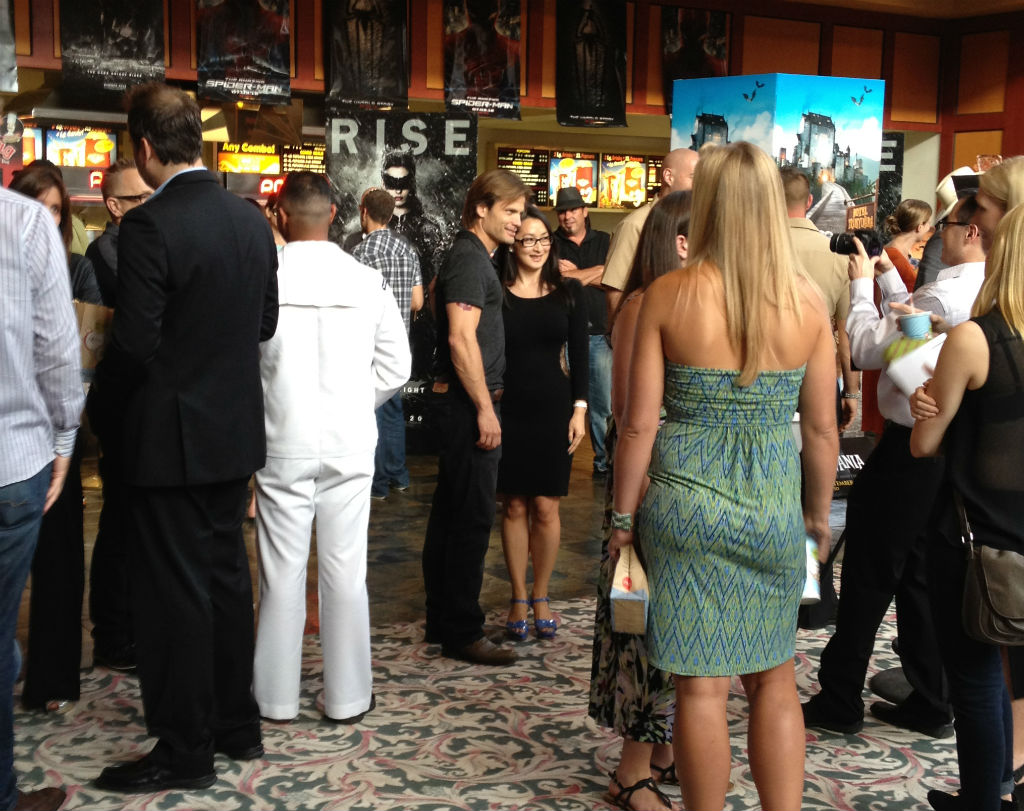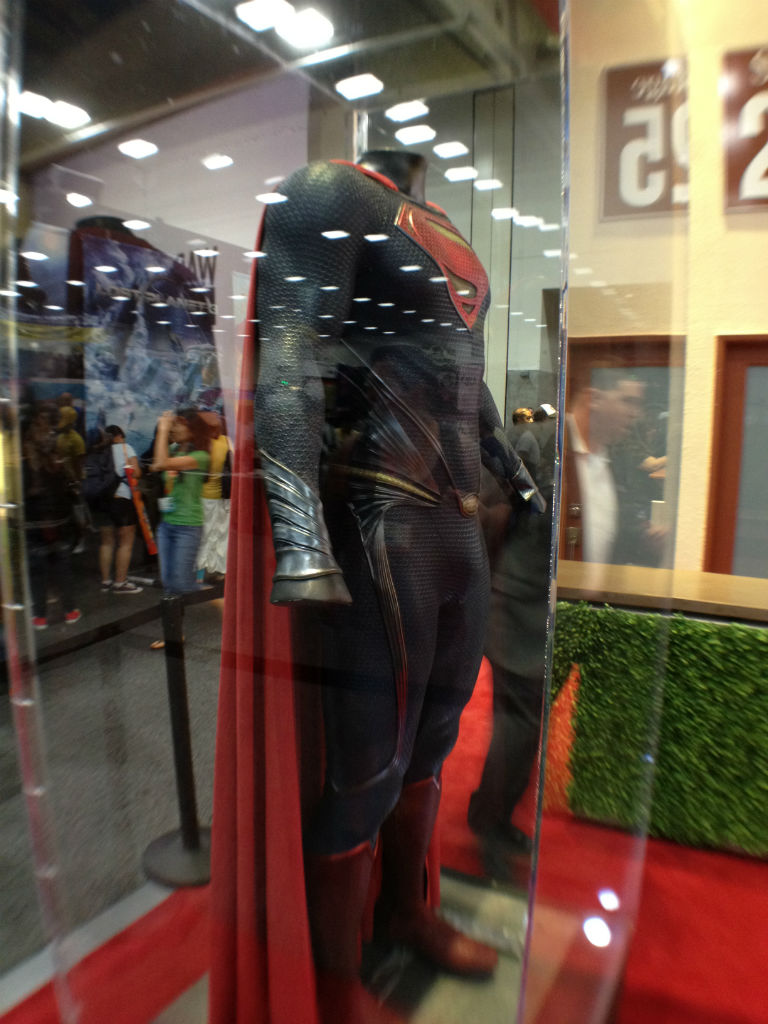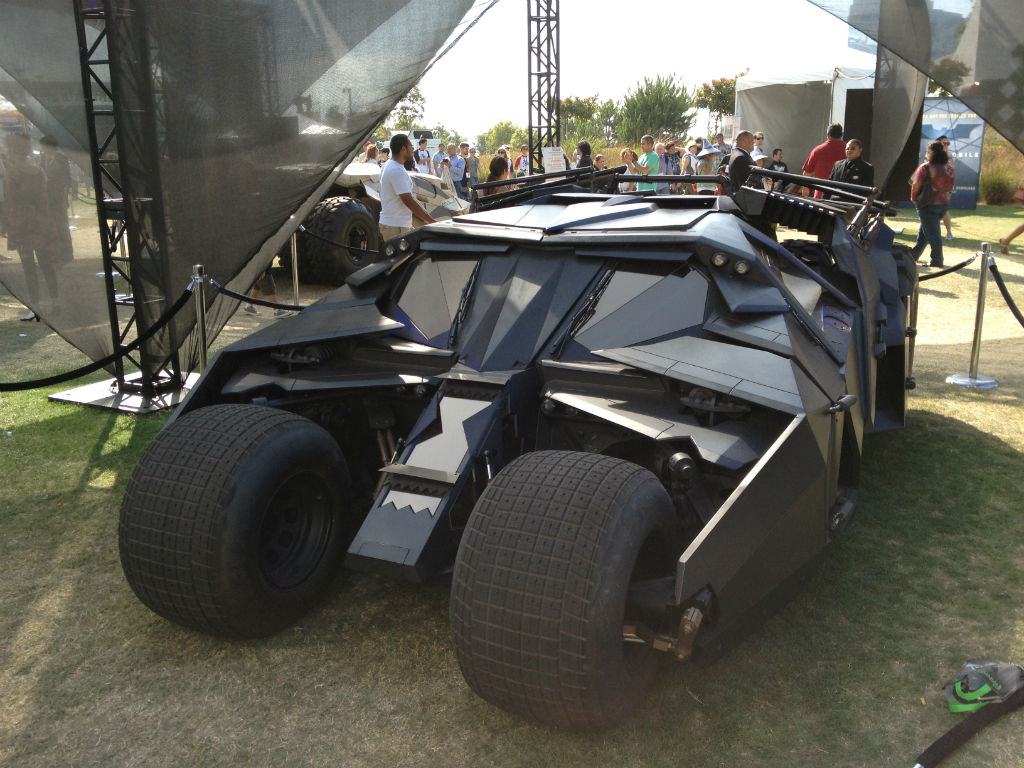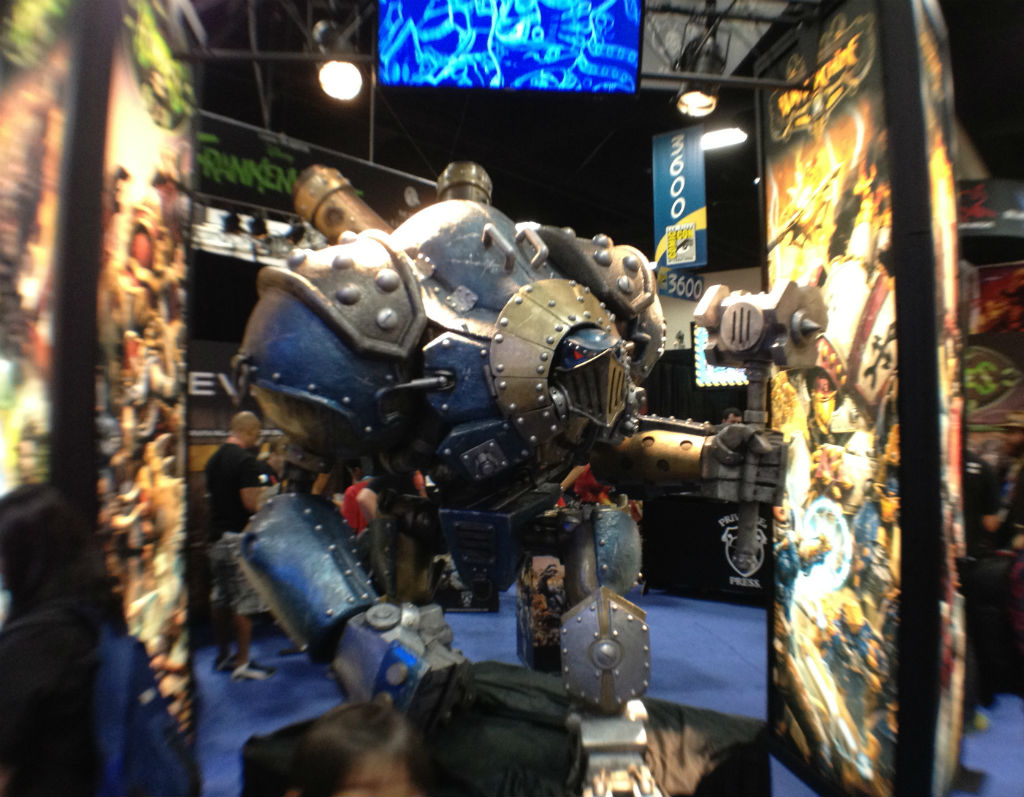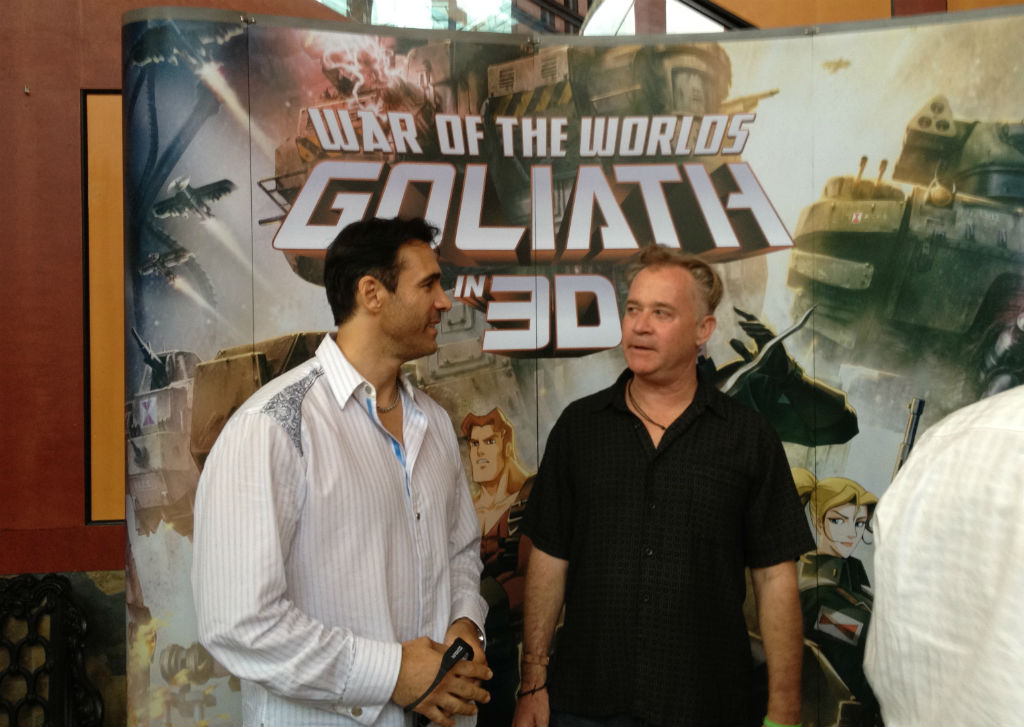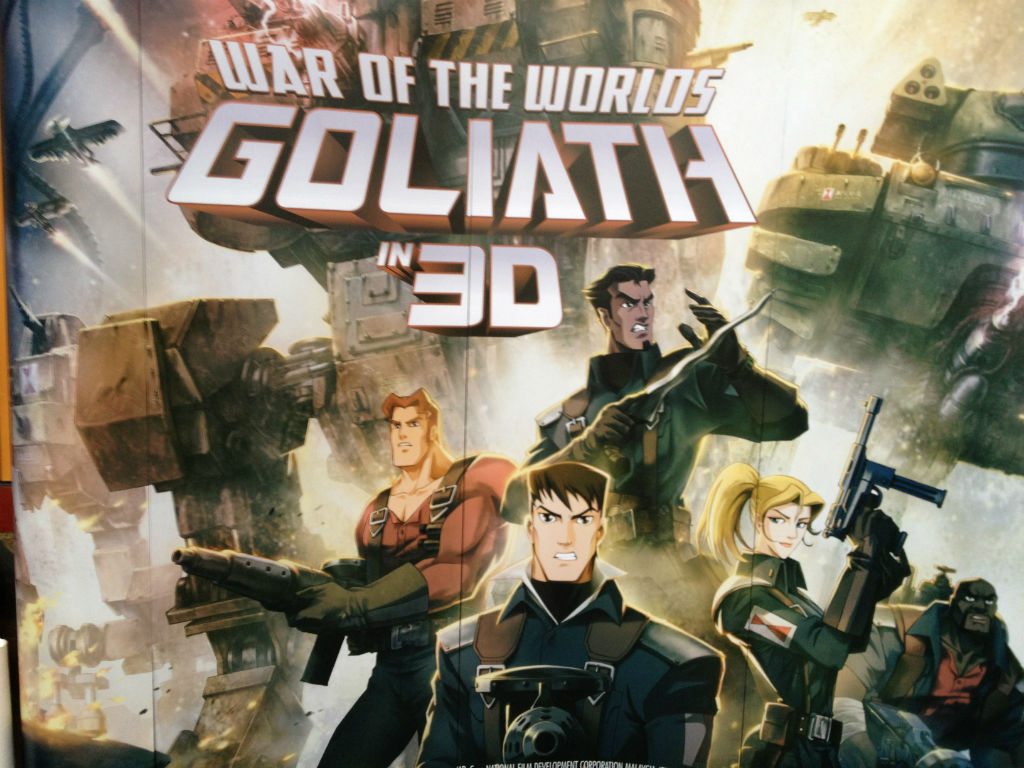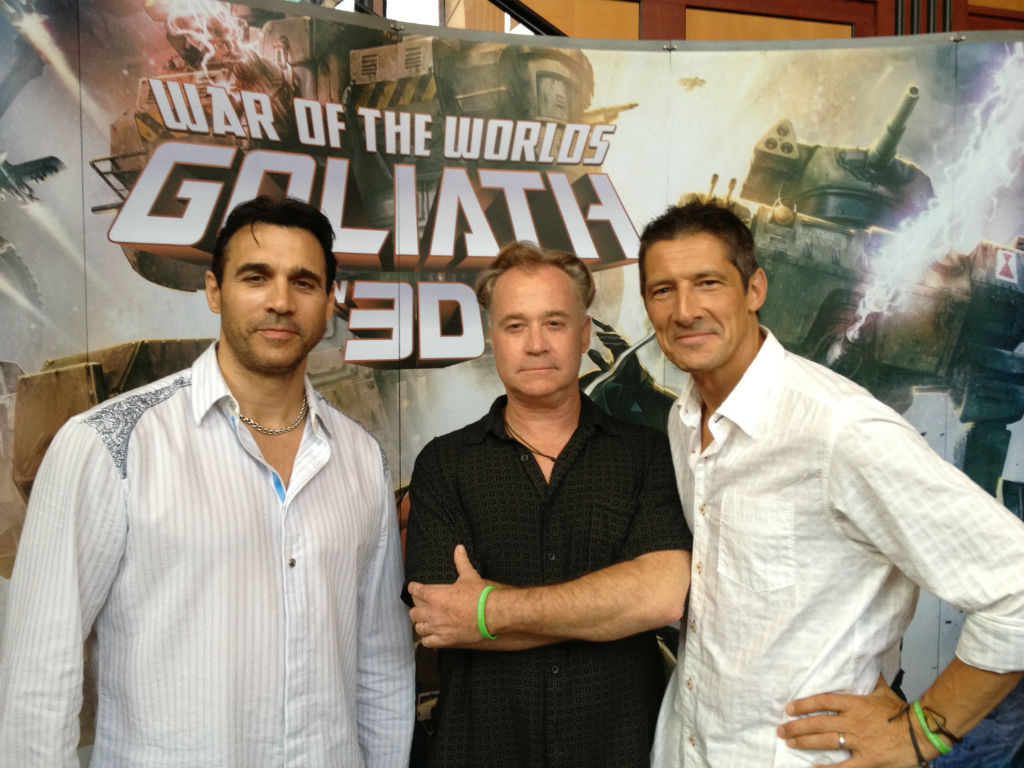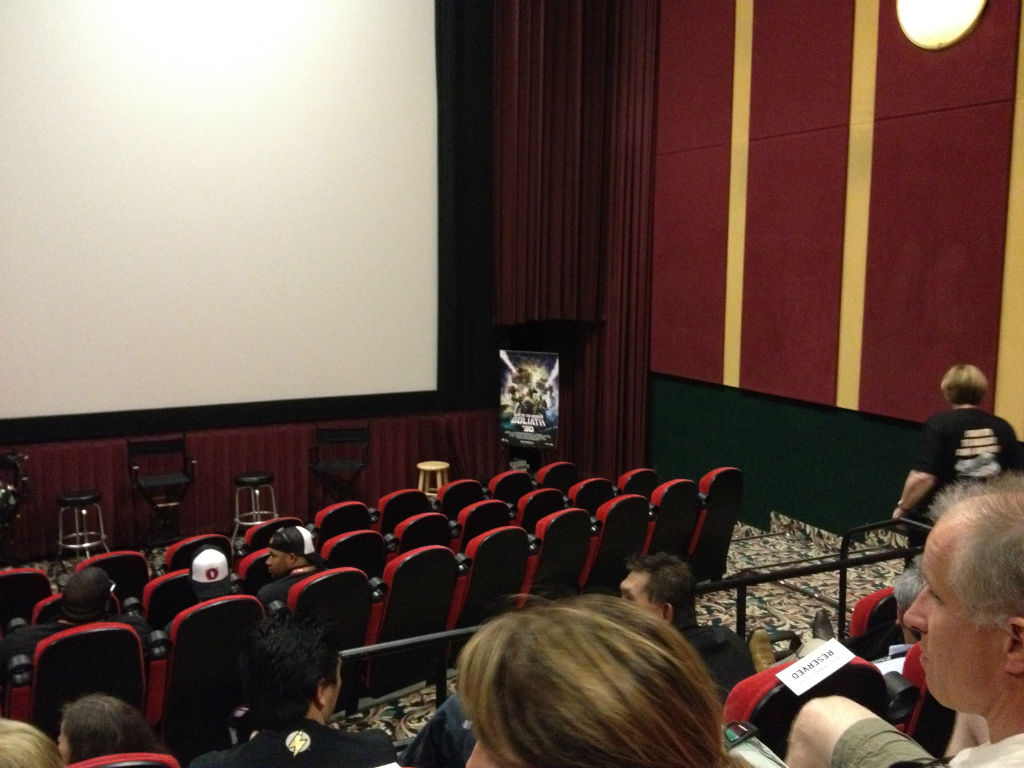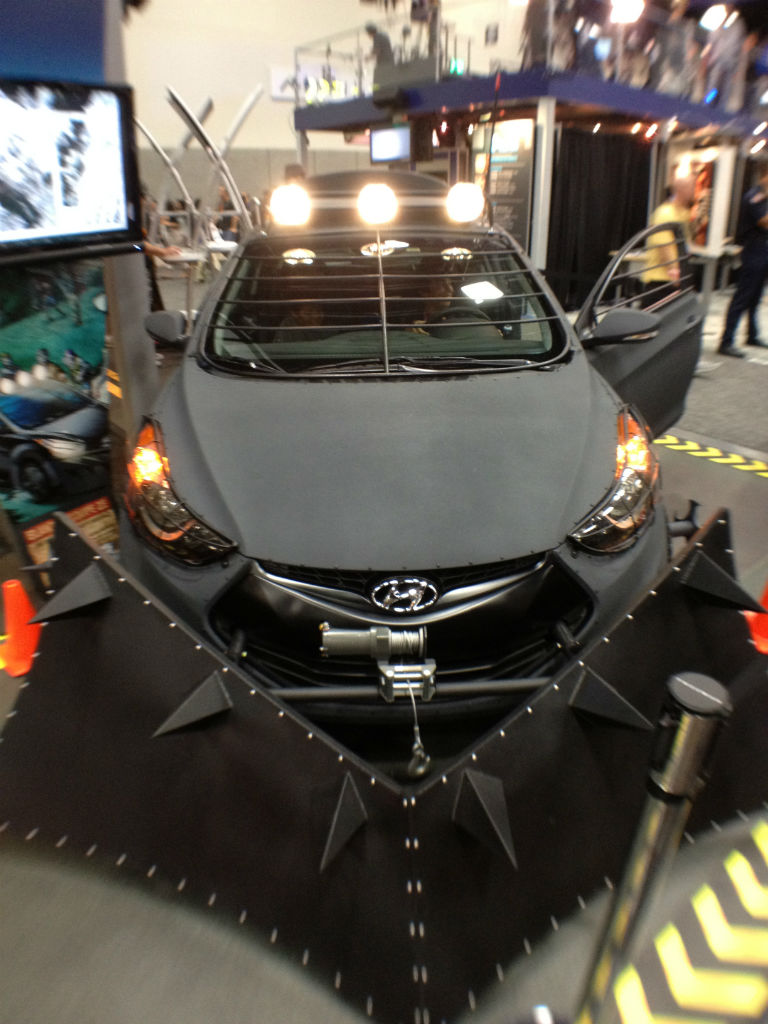Ridgewood, NJ, July 17, 2012– They are not born of flesh, but rather, they are intelligent machines, given life by “The Core.” They are the X’or, and they are shrouded in mystery.Today, Kalypso Media and Novacore Studios are giving gamers a first-hand look at this race of machines, which are featured in the upcoming 4X space title, Legends of Pegasus. The new trailer, available below, offers an in-depth look at the X’or, including their ships, worlds and motivations. Are they friend or foe? Players will find out in late August when Legends of Pegasus is released in North America.
Author - Jerry Paxton
Confirming the Battlefield 4 leak, Electronic Arts has released an official press statement revealing that Medal of Honor Warfighter pre-order customers will get access to the Battlefield 4 beta.
Guildford, UK. – July 17, 2012 – Electronic Arts Inc. (NASDAQ: EA) today announced access to the exclusive beta for Battlefield 4™, the next entry in DICE’s award-winning shooter series, to players that pre-order Medal of Honor™ Warfighter Limited Edition* prior to the game’s launch on Oct. 23. The most authentic shooter this holiday, Medal of Honor Warfighter is the only game that puts players in the boots of the world’s most aggressive, precise and disciplined warfighters, fighting battles that are ripped from headlines around the globe. Powered by the ground-breaking Frostbite™ 2 engine, Medal of Honor Warfighter delivers tomorrow’s technology on today’s platforms with advanced gameplay, visuals and sound design.For more details please click here Electronic Arts Extranet created by Games Press Ltd.
“Our primary focus with Season 6 is to have fleets become a more central and fundamental part of the Star Trek Online experience,” said Dan Stahl, Executive Producer of Star Trek Online, Cryptic Studios. “Fleets may now work to improve their Starbase category, unlocking additional functionality and increasing the size and grandeur of the Starbase itself.”
I have to admit I was a bit skeptical when I first heard about this title a few years back. Given the rough launches Funcom had with previous titles, and given the unusual setting and theme of this game, I had my doubts it could “work” as an MMORPG.
That being said, I am more than pleased to report that not only is this game suprisingly fun and not only does it “work”, but it has succeeded in a way that most MMORPGs have been unable to do thus far since World of Warcraft dominated the scene (and ushered in numerous clones) – It has done something entirely “different” with the genre.
Now let me be clear, there are parts of the game, UI, look and feel, mechanics, etc, etc that have been built upon from previous games and successes, no doubt about it. Most successful MMOs (including WoW) did this, and it is a natural progression to build upon successful elements from other games both in and out of your genre that came before. But in the same way that WoW innovated beyond the norms when it launched – so has TSW innovated out of the box with its release.
Controls remain mostly true to the established standards, with WASD movement, hotkey binding, mouse wheen camera zoom, standard mouse controls, and more. You will not have a problem understanding control if you have played other games like this. The UI, however, is a very slick and polished new take on interface. The Ability and Skill pages are extremely clean, and function prefectly for min maxing builds and clearly seeing everything you need to. The minimalistic UI, without “frills” or unneeded graphics taking up real estate is responsive and unobtrusive, leaving your eyes free to absorb the creepy game world.
The game world itself is visually very attractive (what I mean is it looks very fitting for the setting of the game). Sound quality is high, with perfectly somber music and monster effects that make the game feel very creepy as you delve into its mysteries. The zones you play in are masterfully crafted, full of interactive content all over the place. This combined with the level of polish and freeform skill/ability progression helps to hide the “theme-park” nature of the game world, and makes it feel much more like an exploration based game with content you encounter, rather than are guided to.
Where this game truly exceeds expectations however, is simply in the successful execution of a horror genre as an MMO, and I truly feel like an occult investigator and have some very creepy moments as I play through the game. Questing is detailed and deep, and while I can’t say I’m a huge fan of having to use out-of-game resources to solve some quests (looking up bible verses, translating morse code, visiting referenced websites, and more), the build in browser makes it easy enough. The game is also HARD.
Let me emphasize that again. The game is actually HARD!
No, I don’t mean just the dungeons or whatever end-game content awaits. I mean just moving through zones, exploring, and solving puzzles, events, and other mysteries. I have been stumped by a few puzzles, and combat gets intense as you move out of the starting areas and into more complex parts of the game world. The first few dungeons I have encountered and cleared (each zone seems to have a 5 player dungeon) have been well crafted, and paced to be exciting and not drag on. They have been quite polished, and provided fun boss fights with entertaining mechanics.
As you can see, there is little I can do to downtalk this title. From the near-flawless launch, to the polish on the game itself, this is truly a success in my eyes from a company that many had probably written off, and were not considering. I personally have convinced multiple gaming buddies to try this title, and not one of them has been dissapointed in their purchase. I have even heard comments from some of them that they may not be returning to the next WoW expansion, as they are so drawn into this title. That to me speaks volumes, and it is nice to see an MMO break the mold, and do it with such success.
I cannot recommend this game enough to die hard MMO vets looking for something new, that reinvigorates old-school gaming style and passions. This game will challenge you and rock your world.
ORLANDO, Fla., UNIVERSAL CITY, Ca. (July 16, 2012) — This fall, the demented multiverse of the popular horror video game and motion picture franchise, Silent Hill, will come to life in a haunted maze atUniversal Studios Florida and Universal Studios Hollywood’s Halloween Horror Nights events.
This is not a game. This is not a movie. This is real. And guests will be tormented by horrifying creatures from an alternate dimension, including the iconic deformed nurses and the executioner.
Konami’s ground-breaking Silent Hill series is heralded for its psychologically-charged, horrific plot, which is centered around the disturbing, ash-covered town of Silent Hill – a place where reality gives way to other dimensions. In this demonic world the physical laws of nature no longer apply and nightmarish monsters abound. Characters try to escape back to the safety of reality but constant brutal attacks by disjointed, knife-wielding beings make survival seem impossible.
Silent Hill has sold more than seven million video game copies worldwide, earning more than $100 million at the box office with the first film, “Silent Hill,” and spawning a hit comic book series and graphic novels.
The highly-anticipated sequel to the original film, “Silent Hill: Revelation 3D” from producer Samuel Hadida and his company Davis Films will be released nationwide on October 26 – just in time for Halloween – by Open Road Films. The film is directed by Michael J. Bassett (Solomon Kane, Deathwatch), and features original cast members Sean Bean (HBO’s Game Of Thrones, Lord Of The Rings) and Deborah Kara Unger (The Game, 88 minutes, The Samaritan) return in SILENT HILL: REVELATION 3D, starring along with rising stars Adelaide Clemens (X-Men Origins, upcoming The Great Gatsby, No One Lives) and Kit Harington (HBO’s Game Of Thrones) as well as Carrie-Anne Moss (The Matrix, Disturbia, NBC’s Chuck) and Malcolm McDowell (A Clockwork Orange, The Artist).
Universal Studios’ Halloween Horror Nights events have a more than 20-year history of creating incredibly entertaining, horrifying Halloween experiences that are consistently rated the nation’s best. The events on each coast feature highly-themed, disturbingly real, haunted mazes based on everything from film to nightmares — and streets filled with hundreds of specially trained “scareactors.”
“Silent Hill has terrified fans for over a decade by pioneering psychological horror genre first through video games and moving into films and graphic novels,” said Careen Yapp, Vice President Acquisitions and Franchise Development of Konami Digital Entertainment, Inc. “Now we’re giving fans the next evolution of terror as we work with the Universal Studios’ Halloween Horror Nights teams to create a real world Silent Hill experience just as terrifying as the fans have come to expect.”
“We are thrilled to be working with our friends at Universal to bring the horror of Silent Hill to this next level of reality,” said film producer Samuel Hadida. “For newcomers and long time followers alike, there could be no better introduction to the terror that will await them in theatres on October 26 when we launch SILENT HILL: REVELATION 3D onto the world.”
“This is our first partnership with a video game property and we are very excited to create an unparalleled, all-new level of horror for our guests,” said Jim Timon, Senior Vice President of Entertainment at Universal Orlando Resort. “We can’t wait to watch our guests actually walk into the hell that is Silent Hill.”
“Creating a realistic three-dimensional world based on the disturbing Silent Hill video games and films elevates Halloween Horror Nights to the next generation of twisted entertainment. Its incredibly imaginative and highly unsettling characters and environments make it the ideal fit for our event where the property can continue its reign of terror and fully immerse guests in its psychological horror,” said John Murdy, Creative Director for Universal Studios Hollywood.
For more information about Halloween Horror Nights at both Universal Orlando Resort and Universal Studios Hollywood, visit www.HalloweenHorrorNights.com. Watch the Silent Hill announcement video on bothUniversal Orlando Resort’s YouTube Channel and on Universal Studio’s Hollywood’s YouTube Channel.
For the latest info on SILENT HILL: REVELATION 3D, follow @silenthillmovie on Twitter and “Like” the film on Facebook at: facebook.com/
For more information about the SILENT HILL franchise, including screenshots of the upcoming Silent Hill Book of Memories, please log on to www.konami.com/silenthill.
Six Flags Great Adventure has announced a “Zombie Takeover” event for August 4, 2012. Checkout the full details below for ticket information, etc!
From Six Flags Great Adventure
A Zombie Apocalypse is coming to Six Flags on Saturday, August 4, 2012 at the 1st annual Zombie Takeover presented by the NJ Zombie Walk!
Zombie Takeover
Schedule of Events:
- 10:30am: Theme Park opens for the living only
- 4pm: Z Factor Talent Show
- 5 – 7pm: Pre-Apocalypse Meal* (additional fee)
- 6pm: The Release (Let the takeover begin)
- 8pm: Zombie Parade
- 10:15pm* – Midnight: Exclusive Ride Time (approximate time subject to change based on daily attendance)
“Z” Factor
Six Flags is looking for a few good zombies! Show off your ghoulish skills in our 1st ever “Z” Factor talent show. Get the chance to apply for a job for Fright Fest or just show them how it’s done.
- 4:00pm near the Sky Screamer
- Pre-registration required. Email njspecialevents@sixflags.com
- BRAINS!!!!!!!
Pre-Apocalypse Meal*
All-you-can-eat buffet in the catered picnic grove near the professional make-up artists location.
Includes:- Hamburgers
- Chicken Nuggets
- Rice Pilaf
- Macaroni Salad
- Garden Salad
- Cookies
- Plus soft drink service and all the fixins!
*Buffet meals require an additional ticket. Meals must be pre-purchased and are not available at the door.
The Release
There is no make-up or costumes permitted into the theme park before 6pm. All zombies must adhere to the following rules:
- You may not touch other Guests
- You may not pursue other Guests
- All children’s areas are off limits
- You may not enter retail or indoor food locations
- Ride operators may deny or limit access to rides based on costume and make-up for safety reasons or the comfort of non-zombie guests.
Zombie Parade
Don’t miss the opportunity to drag your dead leg behind you as the zombies parade across the park.
Line up starts at 7:30pm near the Movietown Arena and steps off at 8:00pm. Parade ends near the Northern Star concert arena.Exclusive Ride Time
After the park clears, get the chance to ride some of our world class coasters until midnight! This requires a wristband that is included with Zombie Walk tickets or season pass zombie walk up-grades.
Purchase Early the more tickets sold the more rides we open!
REDWOOD CITY, Calif. – July 16, 2012 — Be the Most Wanted amongst your friends with high performance cars that fit your driving style. Electronic Arts Inc. (NASDAQ: EA) and Criterion Games today unveiled the pre-order exclusives for one of this holiday’s most anticipated racing blockbusters, Need for Speed™ Most Wanted. After shattering franchise records with 36 award nominations and 18 wins at last month’s Electronic Entertainment Expo (E3), including Best Racing Game and Best Multiplayer Game; Need for Speed Most Wanted gives a connected generation of racing fans the ultimate freedom to race, chase and explore their way to the top to become the Most Wanted amongst their friends. Players that pre-order* the game now will receive the Need for Speed Most Wanted Limited Edition, which includes two early unlocked multiplayer cars with special performance modifications: the Maserati GranTurismo MC Stradale and Porsche 911 Carrera S — as well as many other bonuses. When fans pre-order Need for Speed™ Most Wanted from Origin and select retailers**, they will be able to unlock additional exclusive packs: the Speed Pack, Strike Pack or Power Pack. With the Need for Speed Most Wanted Limited Edition players can outdrive friends and outsmart rivals with amplified style, finesse and attitude. Visit http://www.needforspeed.com for details and for more information go to participating retailers.
“In Need for Speed Most Wanted, everything players do earn them Speed Points which are used to compete to be the Most Wanted amongst their friends” said Matt Webster, Executive Producer at Criterion Games. “Fans with the Limited Edition or pre-order packs will have additional cars to choose from on day one – cars that fit how they like to compete in multiplayer, whether it’s going for the highest top speed, farthest jump, or the fastest race time.”
Multiplayer bonuses included in the Need for Speed Most Wanted Limited Edition include:
- Four hours of Double Speed Points: Players earn double speed points throughout the first four hours of multiplayer
- 2012 Porsche 911 Carerra S: Optimized Aerodynamic Body that reduces drag for maximum speed and Nitrous Burn, delivering efficient and sustained speed boosts
- Maserati GranTurismo MC Stradale: A Race Pack Powertrain tuned for increased power and the impact protection modification to provide increased stability and strength when driving at breakneck speeds
Pre-order packs now available at Origin and select retailers include early access to multiplayer cars with unique modifications that fit different play styles:
- Speed Pack: The Caterham Superlight R500 in the exclusive Satin Black livery, featuring the Track Tyres Modification for improved road handling, and the Lightweight Chassis Modification allowing players to reach mesmerizing speeds
- Strike Pack: The Mercedes-Benz SL 65 AMG Black Series in the exclusive Satin Black livery, featuring the Power Pack Powertrain Modification for an engine tuned for torque, acceleration and the ability to reach breakneck speeds, and the Re-inflating Tyres Modification making it easier to survive and counter rivals’ attempts to slow players down
- Power Pack: The Ford F-150 SVT Raptor in the exclusive Satin Black livery, featuring the Reinforced Chassis Modification for taking increased damage, and the powerful and violent Nitrous Dump Modification for making tight jumps and powered up takedowns
Designed for a new, more connected generation of racing fans, Need for Speed Most Wanted offers players an expansive open world packed with exhilarating action where they can choose their own path to become the Most Wanted. Players will have the freedom to drive anywhere, discover hidden locations, takedown rivals, challenge friends or just hang out and toy with the cops. In addition, players will be able to enjoy a new standard of social competition thanks to Criterion’s ground-breaking, friend-connecting technology, Autolog 2, which keeps intense competition at the heart of the experience by tracking Speed Points and game accomplishments across players’ social networks and making gameplay recommendations to further fuel the competition.
Need for Speed Most Wanted will be available October 30, 2012 in North America and November 2, 2012 in Europe for the Xbox 360® videogame and entertainment system, PlayStation®3 computer entertainment system, PlayStation®Vita handheld entertainment system, PC, iOS and Android™. For more information on Need for Speed, visit http://www.needforspeed.com or become a fan on Facebook® at http://www.facebook.com/
Released during last week’s San Diego Comic-Con, Thomas Jane has created his very own (and very awesome) fan-film reprising his role as The Punisher. His purpose behind this seems to be to get Marvel execs to realize what his vision for the character would be if the franchise continues. Check it out but beware that it is VERY NSFW!

